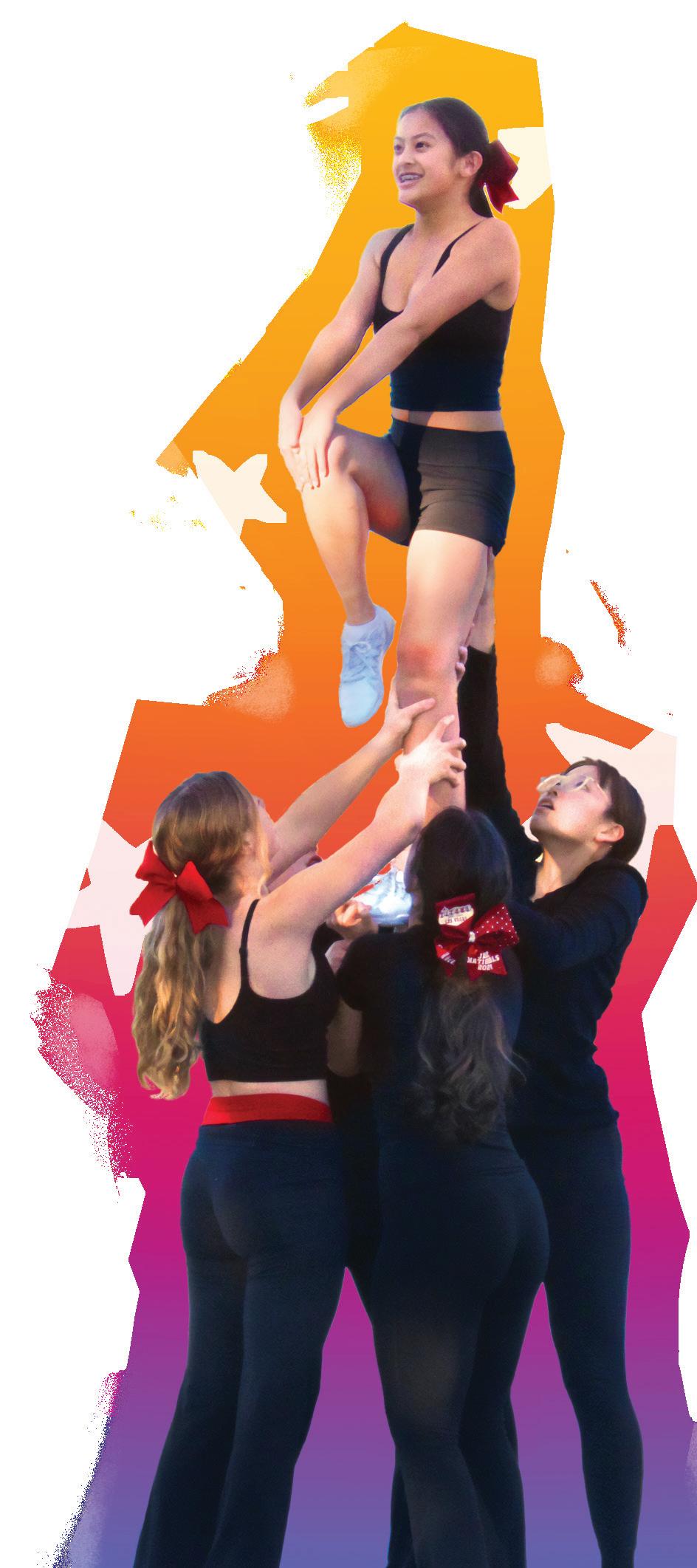IN-DEPTH
Read about high school academic dishonesty and how Gunn is combatting incidents of cheating
PAGE 8-9
FEATURES
Read about math teacher Dave Deggeller’s 62-day bike ride journey across the country
PAGE 11



Read about high school academic dishonesty and how Gunn is combatting incidents of cheating
PAGE 8-9
Read about math teacher Dave Deggeller’s 62-day bike ride journey across the country
PAGE 11


“I feel that my culture is represented in the Gunn social studies curricula”
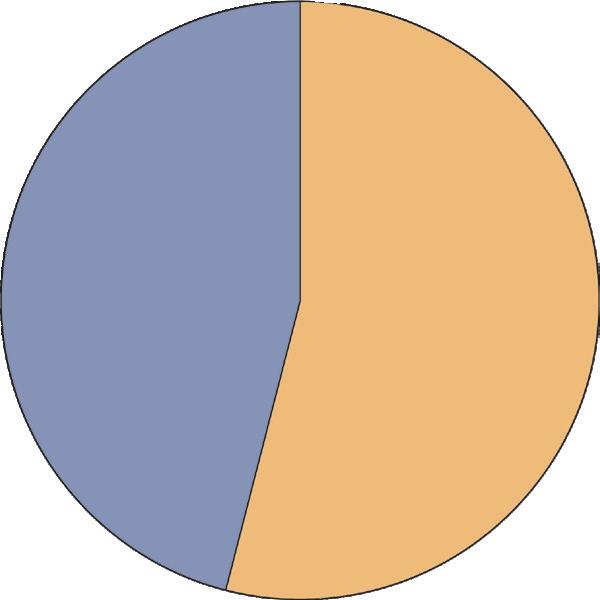
62.8% of students think that underaGe drinkinG is a biG problem 32.2% of students have tried alcohol for reasons other than reliGion 54% 46% YEs No Source: Self-selected survey sent out to Gunn students by The Oracle from Jan. 22 to Jan. 29 with 94 responses.
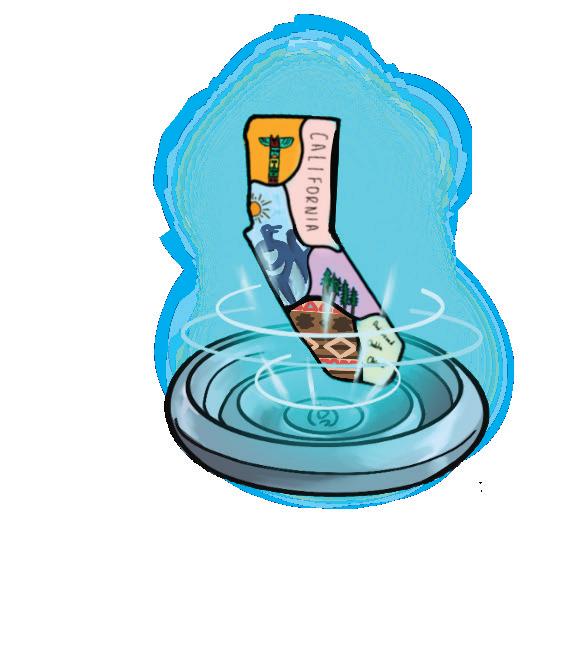
CALiforNiA AssEmbLY biLL 1821
Roy Lao News editor
In September, Gov. Gavin Newsom signed a flurry of proposed legislation into law, ushering in changes to California’s public education curriculum that will take effect during the 2025-26 school year. These changes include Assembly Bills 2865 and 1821, bills that are aimed at enhancing California’s public education curriculum and address critical topics from health to state history.
AB 1821, authored by Assemblymember James C. Ramos, requires California schools to teach about the treatment and perspectives of Native Americans during the Spanish colonization of California and the Gold Rush era. While discussions of this law within the PAUSD school board have not publicly begun, its passage has sparked conversations about how Indigenous history has conventionally been taught in schools with the backdrop of fostering a more inclusive understanding of California history.
The bill itself mandates that social science curricula for grades one through 12 include comprehensive instruction on the experiences of Native Americans during these historical periods.
The goal of the bill is “to provide students with a fuller picture of the state’s history” and “to promote equity, inclusion and accountability for Native peoples,” according to a statement from Newsom’s website.
California’s especially complex history with its Indigenous communities has long been a point of contention in classrooms, with some schools choosing to simplify or even exclude the darker realities of the past. With the passage of AB 1821, Ramos hopes to rectify these omissions by mandating a more comprehensive and accurate portrayal of the treatment and perspectives of Indigenous peoples.
“For far too long, California’s First People and their history have been ignored or misrepresented,” Ramos said in a statement.
starvation, illness and violence inflicted upon California Native American people during those times. These historical omissions are misleading.”
Advocates for AB 1821 see the legislation as a vital step toward acknowledging and teaching the nuances of California’s history. Likewise, District 23 Assemblymember Marc Berman highlighted the broader impact of the bill on fostering awareness and equity in education.
“Creating a relevant and more accurate curriculum for students will foster more understanding, inclusivity, and respect for Indigenous histories,” he wrote in an email.
Advanced Placement United States History teacher Laurel Howard highlighted the inadequacies of the current and past methodologies of teaching about Native American history and the importance of proper education on the subject.
For far too long, California’s First People and their history have been ignored or misrepresented.
“When I was in elementary school, I remember learning a very simplified version of the mission story of how (the Spaniards) ‘provided schools and they provided food and they taught (the Native Americans),’” she said. “I now look back and I realize, that was (referring to) the Encomienda System, which is a system that effectively led to slavery of American Indians. ”
On the other hand, some lawmakers and educators worry about the effectiveness of the bill, and whether or not it will truly drive change. Howard, one of the teachers who have already pivoted their curriculums to incorporate more Native American history, worries about the state’s ability to measure the bill’s success.
• requires calif. schools to include native american perspectives in their social studies curriculum
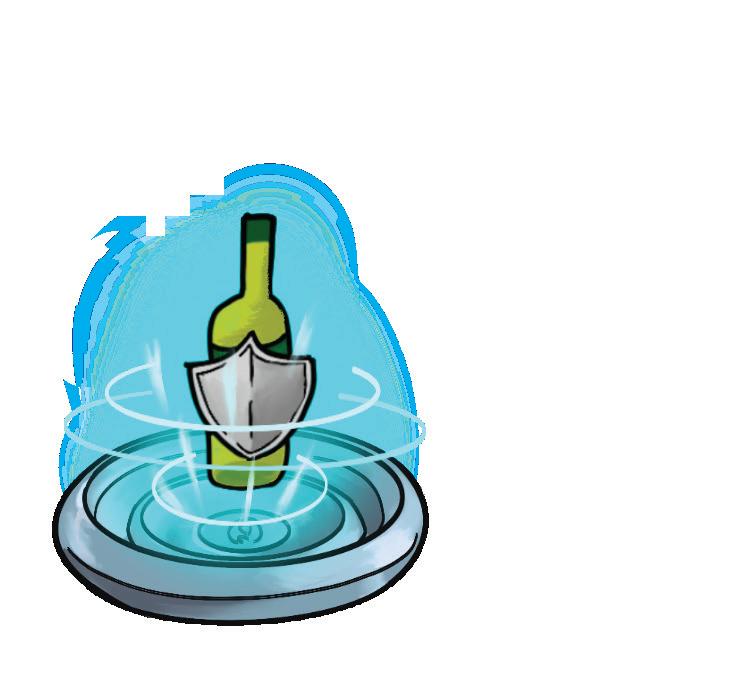
• Gov. Gavin siGned the bill into law in sept. 2024 and is set to take effect in or after 2025
CALiforNiA AssEmbLY biLL 2865
“Classroom instruction about the Mission and Gold Rush periods fails to include the loss of life, enslavement,
• requires calif. public schools to teach students about the short- and lonG -term health risks of excessive alcohol use
• Gov. Gavin newsom siGned the bill in sept. 2024
• Introduced after former los anGeles assemblymember wendy carIllo’ s drinkinG under the influence arrest
• state will provide reimbursement for certain costs that are mandated by the bill
“Many (history teachers) had already started to make that shift before (AB 1821) came out,” Howard said. “I’m not sure how much it’s really going to change district or board policy, because this was already a priority for us. But it is also hard to enforce these kinds of things because there’s no state test for social studies, and they’re often passed without funding. For this particular bill, in all honesty, I don’t think is going to change my approach, because it’s something I already try to prioritize.”
Howard also emphasizes the need for caution and precision when implementing new curricula, especially when it could contain sensitive topics.
“One thing I worry about when we see these types of bills passed, without that context and without money set aside for training teachers and supporting teachers as they revise their curriculum, is that there is a possibility that this could backfire and enforce harmful messages about American Indian people,” she said. “There is a possibility that we’re reinforcing narratives that hurt students, as
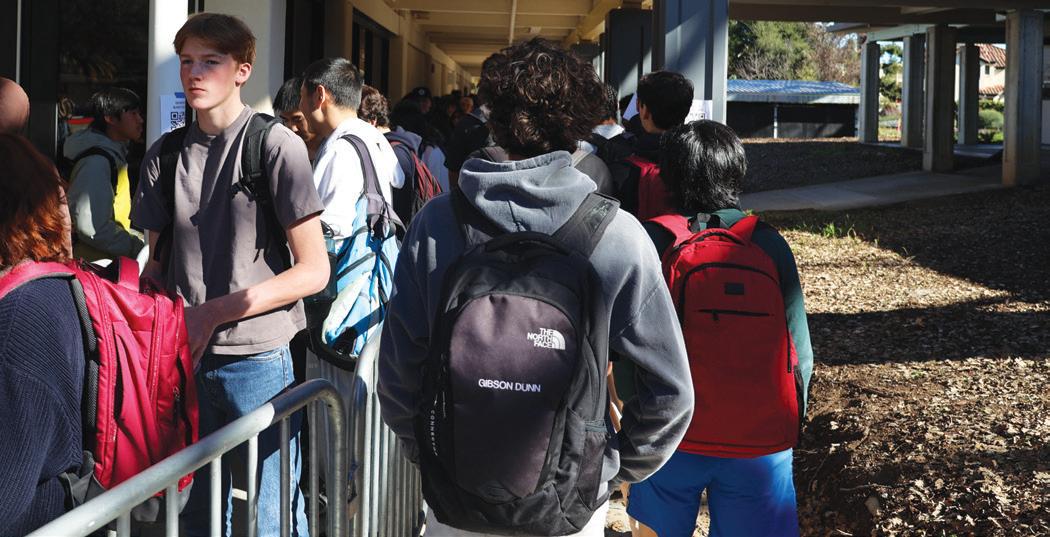
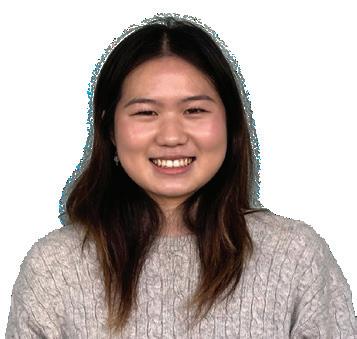
“I
• $38 million budgeted for construction
• 2 years construction timeline
• 24,753 square feet of space encompassed by the cafeteria, office space and sitting area
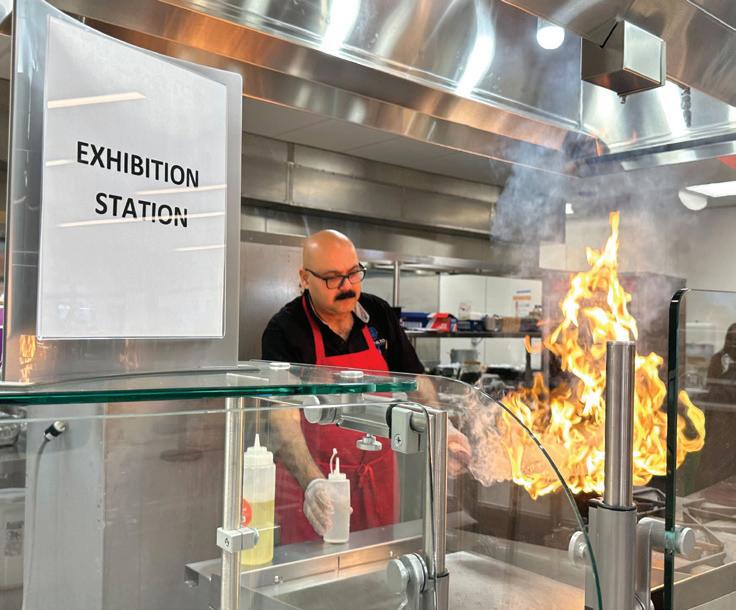
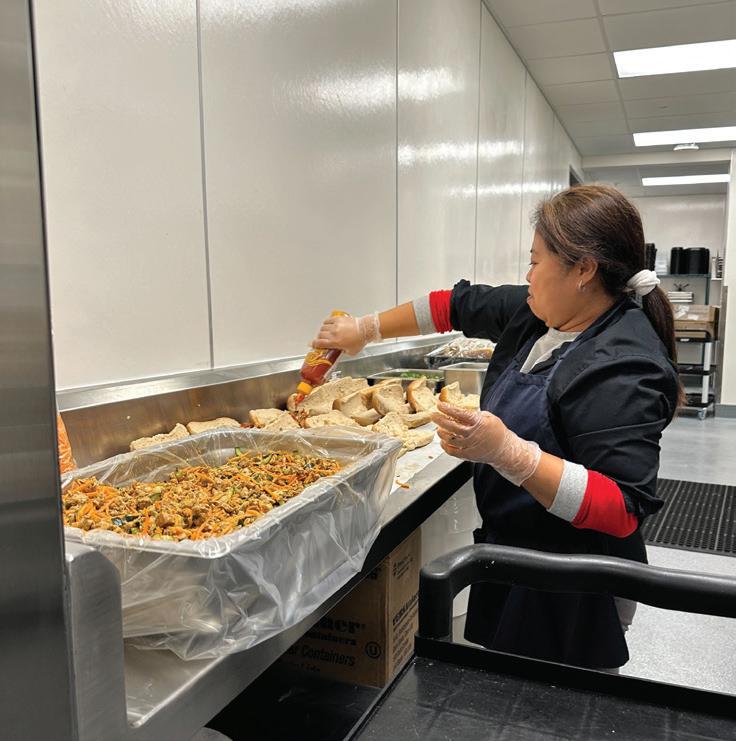


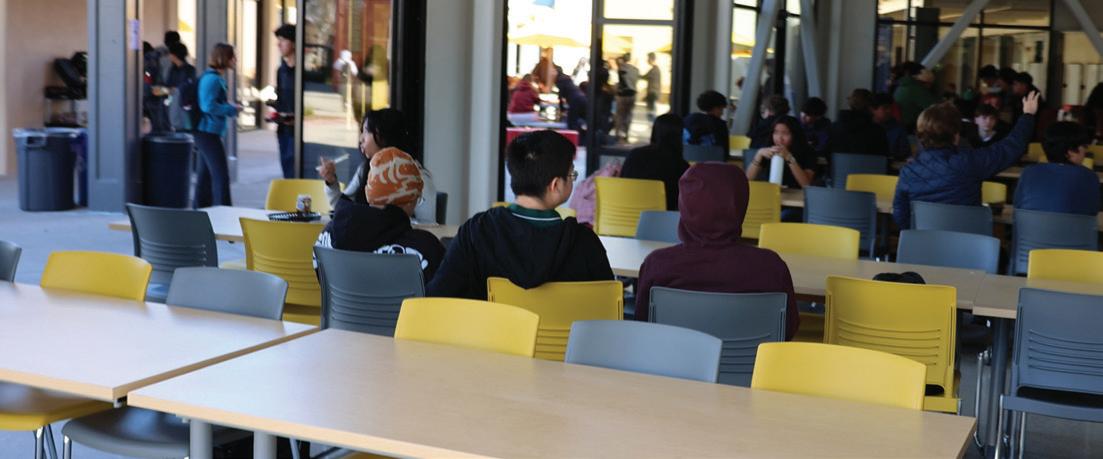
Ya-An Xue Features and Social Media Editor
During the Jan. 21 meeting, the PAUSD Board of Education approved merging the Biology and Honors Biology courses for next school year and unanimously supported a Gunn and Paly staff-led initiative to offer multivariable calculus on-campus beginning in the 2026-27 school year, which will be formally proposed in September and voted on in Jan. 2026. During a special meeting held on Jan. 23, the board passed a ethnic studies course that will be required for the incoming class of 2029-30. Both agenda items were passed with a vote of 3-2 after discussions between community speakers, teachers, students and board members.
The new curriculum, developed independently by biology teachers, will focus on building science and engineering practice — or skills such as media and text literacy — through engaging with content and laying the foundation for future courses. This change does not impact other science courses which will remain laned due to a higher dependency on a students’ math skills.
In 2018, the science department, with funding from Superintendent Dr. Don Austin, adapted all curriculum to meet the state-mandated K-12 science framework, the New Generation Science Standards. According to biology teacher Joshua Little, after implementing it in 2022, biology teachers across the district noticed that students in different lanes experienced similar course challenges.
“This is the first time where the entire biology department agreed that this is what’s best for our students,” he said. “We did all this extra work for the students, and we wanted to bring (it to life).”
Incoming high school students and parents expressed concerns about a lack of academic rigor and course freedom. However, teachers argued that removing lanes will decrease pressure and encourage more students to continue through the science pathways. Additionally, the content from previous years will still be available for those that are looking for a challenge.
“These extension materials aren’t graded, so students can push themselves without the mindset that it needs to be perfect,” Little said.
For the past few years, accelerated math lanes have been a heated topic in the district. Due to a significant number of student comments during previous open
forums calling for a multivariable calculus course, the item was introduced to the agenda. Paly Assistant Principal Rebecca Shen-Lorenson and Gunn Assistant Principal Harvey Newland proposed to collaborate with Foothill Community College instructors to provide students who have completed Advanced Placement Calculus BC with a multivariable calculus course for credit. According to Shen-Lorenson, there are currently 69 non-seniors eligible to take the course next year.
However, speakers argued that in the current pathway, which calls for students to independently register in the Foothill course, not only are enrollment numbers limited, it also interferes with extracurriculars. At its core, the course challenges the district’s promise for equity, bringing into question whether to encourage academic acceleration or focus on supporting struggling students.
“We are one of the top school districts in the state, so we should act like it,” Paly junior Diana Sanderson said during the board meeting. “Don’t cut off opportunities for students who are only trying to further their education.”
Although ethnic studies was removed from the regular meeting agenda, the board voted on implementing the course as a graduation requirement. Even without a state mandate, the board moved forward with this proposal due to increasing community support. Austin initially tabled the item due to a lack of government funding, general discourse over included content and a recent update from Gov. Gavin Newsom that indicated the course is not yet a graduation requirement. During the meeting, the board room was filled to capacity. Added security measures were implemented and officers supervised a long line outside. Supporters of the curriculum raised signs displaying “Ethnic Studies Now,” which were countered by “Trust and Transparency” from those in opposition.
According to PAUSD Associate Superintendent Dr. Lucio Guillermo Lopez, the course was developed using the “inclusive model,” a state-created curriculum that examines California’s four main minority ethnic groups: Black African Americans, American Indians/Alaska Natives, Asian Pacific Islanders and Latinos.
Executive Director of Curriculum and Instruction Danae Reynolds highlighted the need for students to understand historically marginalized groups not as a form of pushing a political viewpoint, but rather to foster community and develop critical skills.
“To continue to impose a colorblind, melting-pot, mixed-salad framing is like doing algebra without considering all the variables,” Reynolds said. “This
undermines critical thinking and historical understanding and limits civil discernment.”
While all board members expressed support for a required ethnic studies course, opinions differed on the included content and timeline. Parents and board members also conveyed concern over a lack of transparency in the planning process. After school board Vice President Shounak Dharap proposed implementing the course and discussing “progress indicators” on March 25, 2025, new board member Josh Salcman made the deciding vote, approving the course. This decision also includes a new, condensed world history course that will be taught during the second semester of freshman year.
While board member Rowena Chiu and PAUSD parents proposed to keep the course as a one-semester elective, teachers argued that the curriculum targets skills, such as identifying bias and analyzing historical texts, that are foundational for other history courses. The four units are Identity; Power, Privilege and Systems of Oppression; Resilience and Resistance; and Action and Civic Engagement.
Beginning in 2022, with board encouragement, social studies teachers and district administrators worked on a ninth-grade curriculum. This year, Paly and Gunn both ran co-taught pilot classes. Participants were drawn from a lottery of students who had expressed interest or had been recommended by their eighth grade teachers.
School-board meeting—p.4
• Implement In 2025-26 school year
• all bioloGy coUrses will merGe
• Implement In 2026-27 school year • paUsD hiGh schools offer coUrse
• implement for class of 2029
• new GraDUatIon reqUirement Biology ‘delaning’
780 Arastradero Rd. Palo Alto, CA 94306
(650) 354-8238
www.gunnoracle.com
Editorial Board
Editor-in-Chief
Kaylee Cheng
Managing Editors
Anne Dong
Charlotte Qian
News
Roy Lao
Sylvie Nguyen
Forum
Gwen Domine
Yu-Ming Liu
Features
Claire Jittipun
Vanisha Vig
Ya-An Xue
In-Depth
Eanam Maor
Lifestyle
Yael Gottesman
Violet Tivol
Online
Vanisha Vig
Ya-An Xue
Photos Editor
Naomi Wang
Graphics
Editor
Sarah Xie
Business/Circulation
Sylvie Nguyen
Oracle-SEC Liaison
Gwen Domine
Graphics Artists
Vin Bhat
Sophie Kou
Chaewon Lee
Jesse Li
Michael Lu
Azuki Radhakrishnan
Rin Sanami
Tienming Shao
Photographers
Vin Bhat
Evelyn Chow
Jessie Han
Maryam Maskatia
Reporters
Vin Bhat
Lena Duggan
Sarah Grupenhoff
Olivia Lee
Melody Na
Ezra Rosenberg
Carmen Ruiz Fernandez
Vaani Saxena
Sera Singal
Melody Song
Adviser
Kristy Blackburn
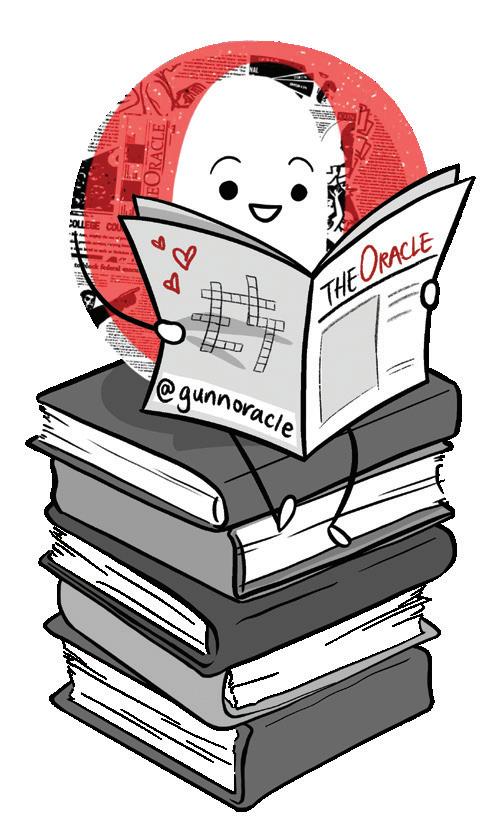
Vaani Saxena Reporter
On Jan. 6, the Palo Alto City Council elected former Vice Mayor Ed Lauing and Council member Vicki Veenker as Mayor and Vice Mayor of Palo Alto, respectively. Both candidates will serve their term from 202526.
Mayor Ed Lauing
Lauing’s leadership started when he became chair of two commissions, which are groups that tackle specific issues. Starting his career 15 years ago, Lauing joined the Parks and Recreation Commission. Later, he moved to the Planning and Transportation Commission, and two years ago, he served on the council.
Particularly in corporate work, where I was CEO of software companies, I developed the skill set for budgeting and creating group dynamics to become an effective leader.
Mayor Ed Lauing
Along with working at nonprofit organizations such as the Babe Ruth Regional Baseball league, the Palo Alto Urban Ministry and the Congregation Beth Am, Lauing’s experience in city jobs inspired him to run for mayor.
“Particularly in corporate work, where I was CEO of software companies, I developed the skill set for budgeting and creating group dynamics to become an effective leader,” he said.
Annually, the council attends a goal-setting retreat to organize their yearly priorities which include economic development, climate action, public safety and wellness. Lauing hopes to push another goal in his term: housing affordability.
“We need to make housing more affordable,” he said. “Our service workers shouldn’t have to drive an hour and a half to work a minimum wage job and then have to drive another hour and a half back. On Jan. 20, (the council) approved a new affordable housing project to build 70 more homes, fitting about 200 people. That is the kind of project we need to focus on because this is an expensive place to live.”
For his goals regarding PAUSD, Lauing wants to support school communities by providing more teen mental health aid.
“We want to (focus on teen mental health issues) and create more teen centers,” he said. “The focus for us is health and wellness and

to help teens get through the heaviness of life each day.”
Although it was Lauing’s experience in city-planning that led him to win his position as mayor, it was his dedication to the people that inspired him to run.
“I’d say my mentors are the citizens of Palo Alto,” he said. “I’ve lived here for over 30 years and since I know about the city, I found that I wanted to do more to make this an even better place to live.”
Vice Mayor Vicki Veenker
A member of the Palo Alto City Council since 2023, a lawyer and the founder of the non-profit Sibling Cities USA, Veenker has been involved with non-profit organizations and volunteer work for many years. Veenker wanted to get more involved with the city and so she ran for office.
“I wanted to get more involved in public service, specifically more on policy making,” she said. “I think when you are in community service, you’re working on various things. However, when you’re in elected office, it’s often more policy-making and setting rules to try to get the end (result) you want for a group.”
One experience that fueled Veenker’s pivot in policy-making was working for the non-profit Convergence Center for Policy Resolution, for which she created legislation
The Oracle strongly encourages and publishes signed Letters to the Editor and Comments. Comments are generally shorter responses, while Letters are longer pieces of writing.
Please include your name, grade and contact information should you choose to write one.

“I’d
like to see coverage of what goes on behind The Oracle production.
—Richard de la Garza, 10 “I
learned a lot by reading the (mass trauma) article. There was a lot of connections to what impacts people in our community and even how it relates to what’s going on in our classes.”
—Zoe Bransi,
11
“I
enjoy the (evidence-based grading article) (because) there were opinions from both student and staff.
—Yuna Suh,
12
that made healthcare more affordable.
“I work with council members and mayors from a lot of different cities around the peninsula,” she said. “Later, I was selected to sit on the Bay Area Air Quality Management District board. I think all of this got me into a position to be selected as vice mayor.”
When you are in community service, you’re working on various things. However, when you’re in elected office, it’s often more policymaking and setting rules to try to get the end (result) you want for a group.
Vice Mayor Vicki Veenker
Veenker has worked on the Climate Protection Ad Hoc Committee, Policy and Services Committee, Parks and Recreation Commission, Bay Area Air Quality Management District and the Northern California Power Agency. Veenker has served in various committees, however, she finds the most heart for climate issue advocacy.
“For me, (working on) climate is a big (goal),” she said. “To see Palo Alto meet its (climate) goals and show other areas what can be done is really important.”
Letters and Comments may be edited to meet space requirements, and the writer is solely responsible for the accuracy of the content.
Letters to the Editor, Comments and ideas for coverage may be sent to oraclegunn@gmail.com. These letters do not need to be from current students.

opposed to trying to highlight and represent more voices than we traditionally have.”
While the goals of AB 1821 are widely supported, some educators are concerned about the practical challenges of integrating additional content into an already-packed curriculum. Howard expressed how the demands of balancing state mandates with College Board requirements can complicate efforts to teach effectively.
“This (bill) is separate from (the) College Board, and those of us who teach AP classes are balancing a lot of curriculum,” she said. “So when we are (forced) to cover more, there comes a point where we’re covering so much that we can’t actually cover anything in the way that we would love to. ‘What are we taking out? How are we going to fit this all to make a story that students can learn and understand and still relate to?’”
Assembly Bill 2865
Authored by former Assemblymember Wendy Carrillo, AB 2865 mandates that California schools enhance health education by providing detailed instruction on the shortand long-term risks of excessive alcohol use. Topics include the effects of alcohol on mental and physical health, such as impaired judgment, addiction, depression and chronic illnesses.
“Schools are an important setting for interventions aimed at preventing alcohol use and abuse among adolescents,” Carrillo said in a statement. “Early education is a critical step to avoid alcoholism and the associated harms that come with the disease.”
Berman echoed these sentiments, emphasizing the importance of early and preemptive intervention.
“AB 2865 will provide updated, evidence-based education to students early on,” he wrote. “This early intervention will foster greater awareness about excessive alcohol use and the health risks that come with it.”
Living Skills teacher Max Zipperstein sees firsthand how early education can shape students’ understanding of responsible alcohol consumption. He believes these lessons are crucial before students leave home and face real-world decisions about drinking.
“We tend to send our students off to college without having an understanding of what drinking responsibly actually means,” he said. “The culture around alcohol is very different compared to other parts around the world. In the U.S., you’re not legally able to drink until you’re 21. However, we do know that a lot of students are probably engaging in underage drinking, but they’ve never really been taught how to drink responsibly, whereas in Europe students are often introduced to alcohol at a younger age. They’re also learning how to drink with their parents who teaching them how to drink responsibly. But in the U.S. the drinking age is not available or doesn’t come into play until after you’ve left the home.”
According to Zipperstein, Gunn’s current Living Skills curriculum already includes lessons on alcohol education, something he views as a major advantage.
“The nice thing about Gunn is that we actually have (alcohol education) courses already in place,” he said. “We spend an entire unit on drug addiction and alcohol abuse in Living Skills, and we’re constantly making changes and updating it as more research is done on this topic.”
Zipperstein concedes, however, that implementing an alcohol education curriculum in schools that do not currently have one poses challenges — both for teachers and the community.
“Some of the challenges that some educators could face is figuring out a way to appropriately design a curriculum that provides adequate information to students, especially with a sensitive topic like this,” he said. “There might be some pushback from parents in the community saying that students are ‘too young’ to be introduced to material, that high school is not an appropriate setting for us to discuss alcohol.”
Ultimately, Zipperstein hopes that no matter how the curriculum is structured, students leave the classroom equipped with the tools to make informed decisions.
“We never have control over what our students do once they leave our classrooms, but we want to prepare them with the knowledge and the information that they will need in life so that they can make the best choices for themselves,” he said.
School-board meeting—p.2
Student response was overwhelmingly positive, with freshman Quinn Boutin highlighting the inclusive curriculum.
“Moving to the Bay Area, I became part of a community that’s incredibly diverse,” Boutin said. “This class helped me better understand the experiences of my classmates — experiences I didn’t fully appreciate before. It also made me reflect on my own identity and privilege in ways I never had.”
Austin also shared his experience from the Superintendent’s Student Advisory Group, which held
their first in-person meeting on Wednesday, Jan. 15. Due to a full agenda on Jan. 21, student comments from the meeting were tabled to the next board meeting on Feb. 11.
Superintendent’s Student Advisory Board
From 5-7 p.m., students from all three PAUSD high schools — Gunn, Paly and Palo Alto Middle College High School — gathered at JLS to discuss the topics of artificial intelligence in the classroom environment, cell phone policies, Evidence-Based Grading and attendance zoning. While Austin had organized a similar event in 2019, it was revived by Paly’s C-Magazine staff members juniors
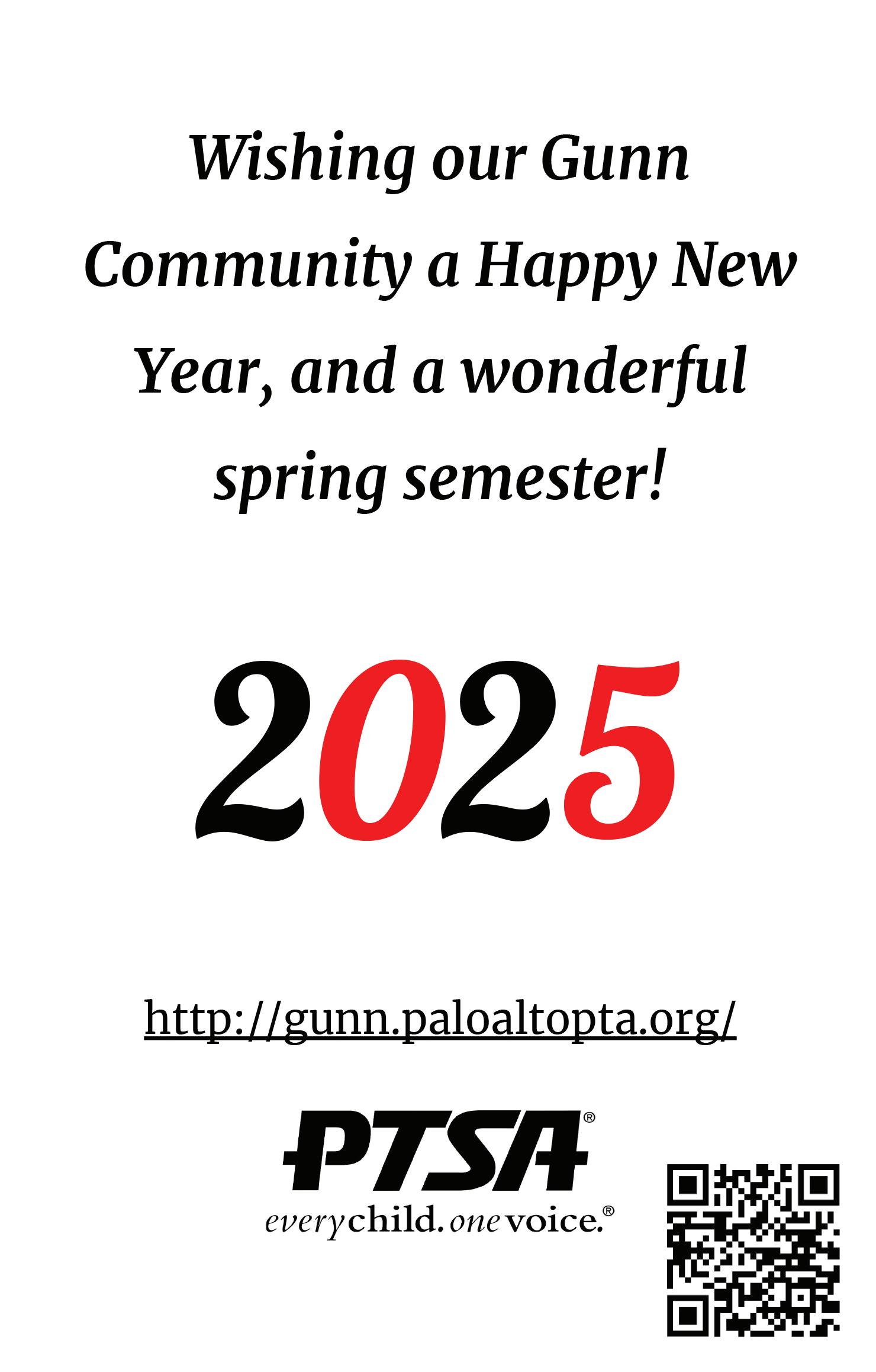
Talia Boneh, Amalia Tormala and Sophia Zhang.
“We were writing an article called ‘The Bay Area Bubble’ for C-Mag, and we saw one of Dr. Austin’s weekly letters where he talked about how he went to middle college and talked to students about their experiences,” Tomala said. “We found it really enlightening and, in talking to him, we realized it would be cool to establish a more regular way for students to communicate with the district.”
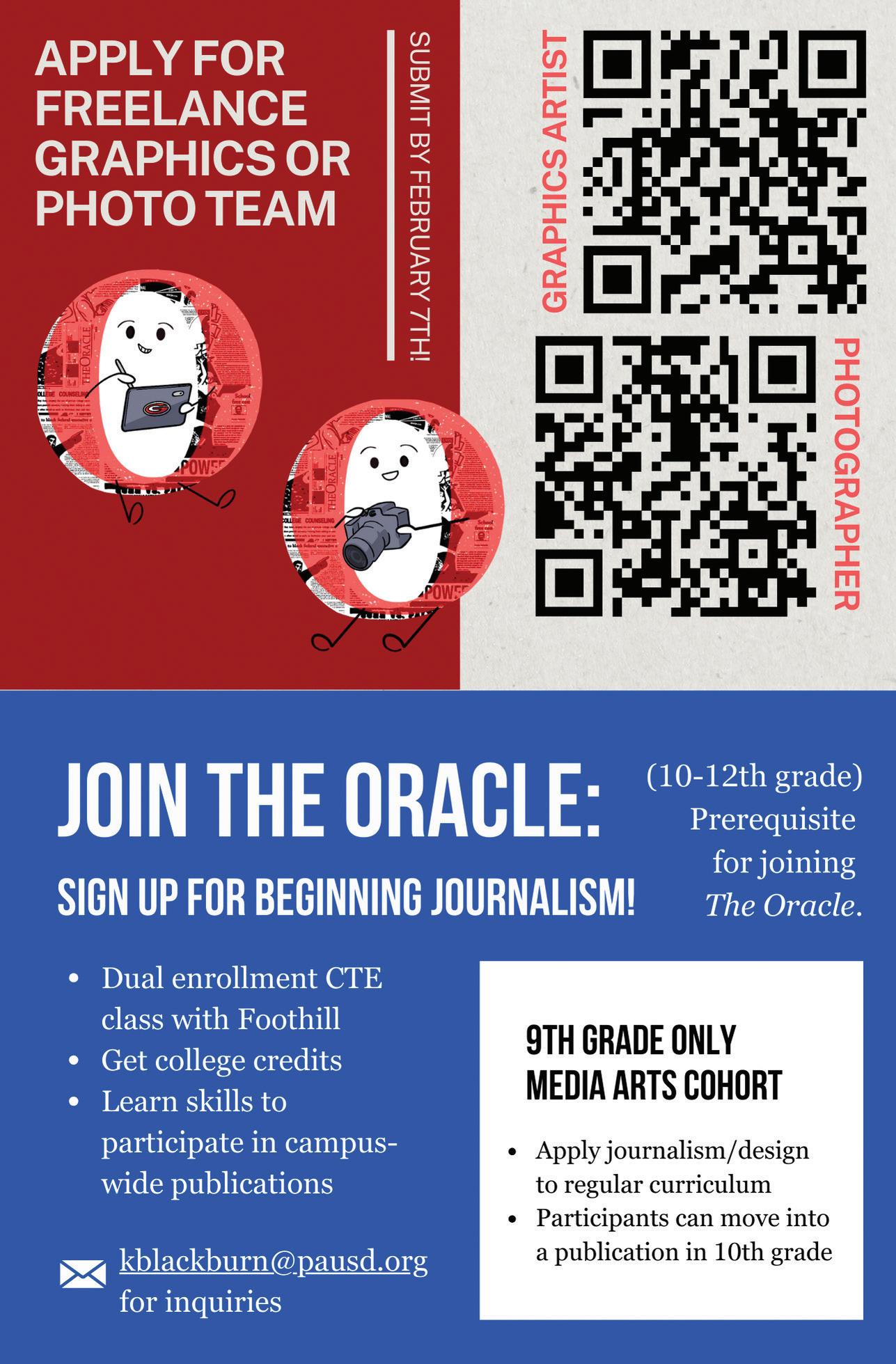

At the beginning of every new year, people create resolutions in hopes of bettering themselves and reaching their goals. These resolutions are beneficial for improving well-being and achieving goals, and they are especially effective when paired with consistency.
In a 2014 study on a psychological concept called the “fresh start effect,” behavioral scientists Hengchen Dai, Katherine Milkman and Jason Riis found that milestone periods like the new year usually boost people’s motivation to set major goals and frame a new, more optimistic mindset. According to their research results, these “temporal landmarks” create a sense of separation between someone’s past and current self, presenting a clean slate on which it is easier to make big changes. Because of the fresh-start feeling that comes around each January, New Year’s resolutions have a greater potential for success.
The act of setting goals alone can improve mental health and concentration. A 2019 study published by scientific journal compiler BioMed Central on child and adolescent psychiatry notes that goal-setting is positively correlated with engagement and retention. This finding demonstrates that even individuals who do not follow through on their resolutions can still benefit by simply creating them,
as the mindset that comes with making resolutions is a major promoter of growth. For students, setting school-related goals improves academic performance. A study conducted in 2010 on undergraduate students in Canada by researchers Dominique Morisano, Jacob Hirsh, Jordan Peterson and Robert Pihl discovered that students who set specific academic goals ended the semester with approximately 17% higher mean grade point averages than those who did not. Similar to how it impacts engagement and retention, this means setting academic goals at a temporal marker such as New Year’s could multiply the benefits in academic achievement.
Although many think New Year’s resolutions are pointless because most people drop them shortly after the new year begins, data suggests this is not as drastic of an issue as it may seem. A study led by University of Scranton psychology professor John C. Norcross reports that, from 1978 to 2020, the average success rate of New Year’s resolutions after six months was 46%. In short, nearly half of all resolutions were sustained, proving that resolutions can be quite beneficial. For those who cannot stick to their resolutions, however, there are some strategies to help them succeed. A particular method proven to be effective is setting SMART (Specific, Measurable, Achievable, Relevant and Time-bound) goals. For example, the “SMART” version of the goal “I’ll learn to play guitar” could be “I’ll practice guitar for at least an hour every day and learn a new song by the end of each month.” A study published in the Journal of Management reveals that people who set SMART goals are 90%
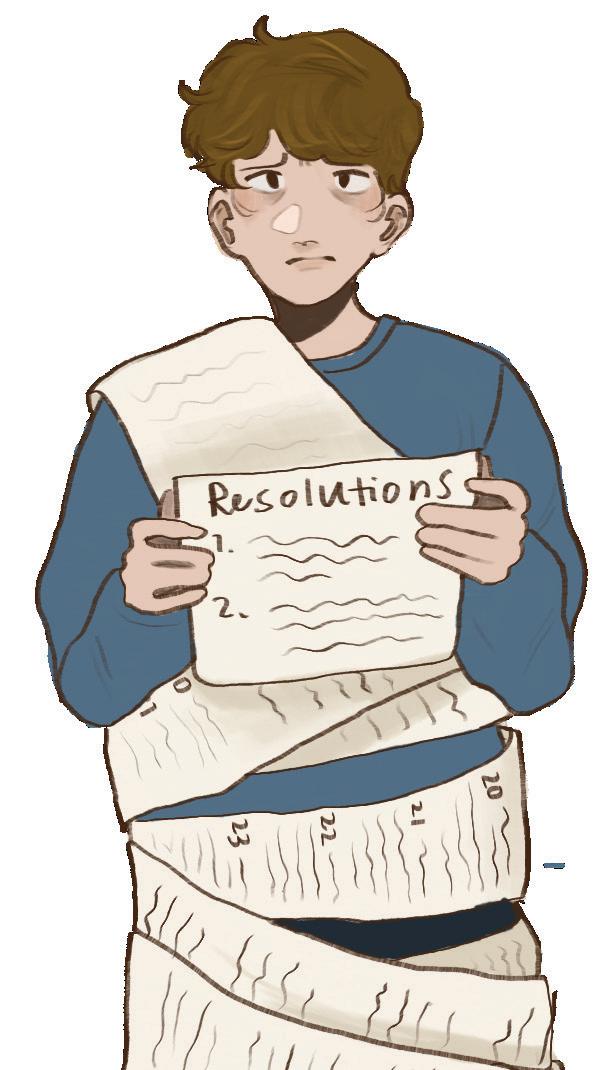
more likely to actually achieve them than those who set non-specific goals.
New Year’s resolutions have been psychologically proven to benefit their setters, and they are not as difficult to keep as one might think. By implementing selfaccountability habits and making their goals detailed, everyone can make this new year better than the last.
73.6 % of surveyed students made one or more new year’s resolutions
Source: Self-selected survey sent out to Gunn students by The Oracle from Jan. 22 to Jan. 29 with 94 responses.
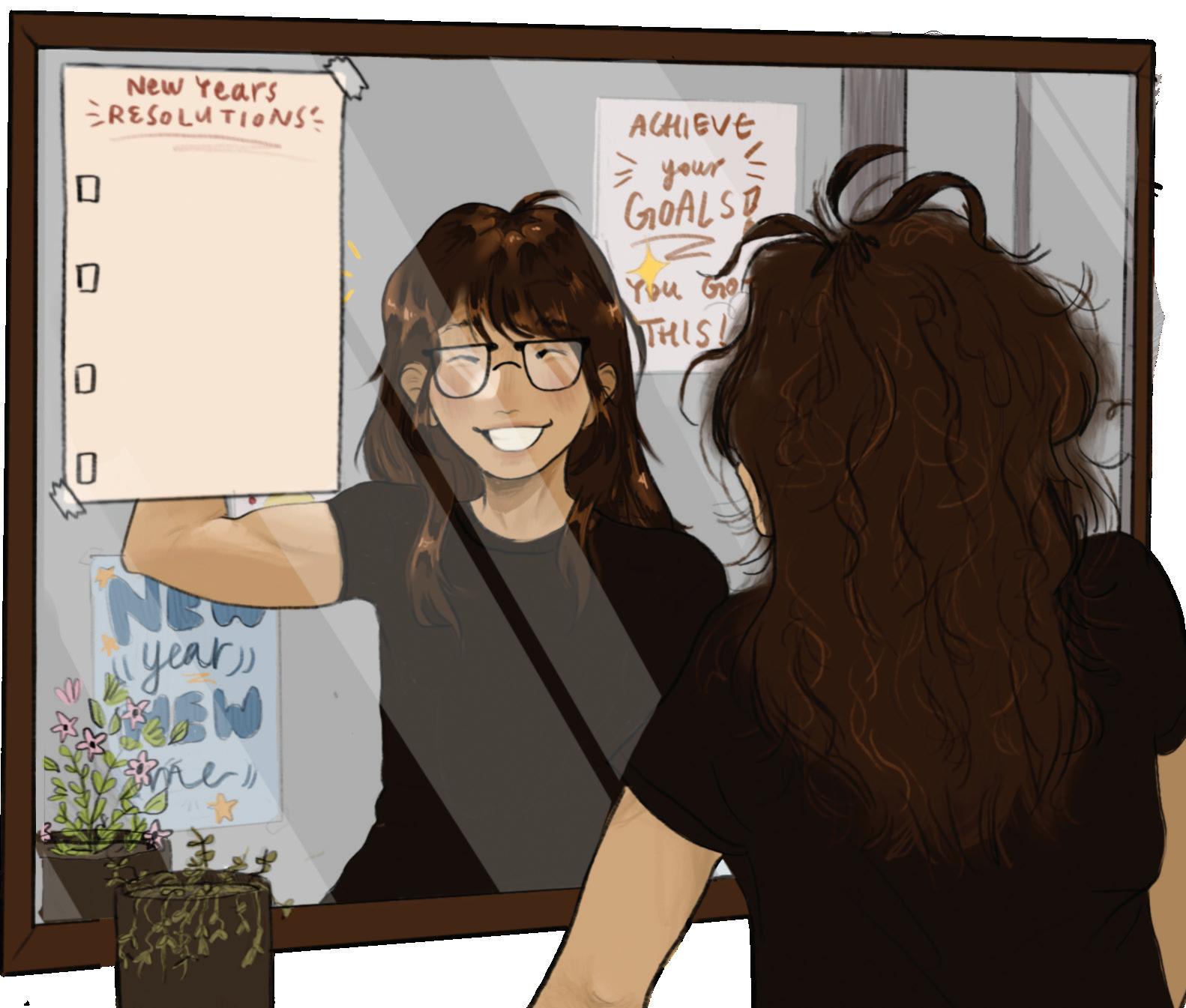
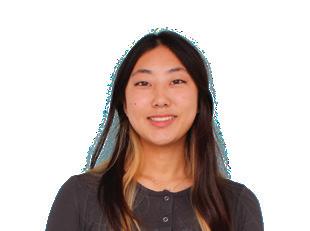
The idea behind New Year’s resolutions encompasses setting new goals for the upcoming year in different aspects of life, both personal and academic. While setting New Year’s resolutions is a deeply rooted ritual in society, they are not beneficial because they lack genuine motivation and generate unrealistic expectations, ultimately resulting in goal abandonment and disappointment.
New Year’s resolutions are supposed to be an opportunity and time for people to reflect on the past year and create changes for the upcoming one.
According to a Columbia Broadcasting System survey, 8% of participants said their resolutions lasted a month,22.2% reported three months and only 1% said they lasted over 11 months. Given the small percentage of individuals who successfully maintained their goals throughout the entire year, this statistic reveals that New Year’s resolutions often fail to address the underlying habits necessary for creating lasting changes. While the start of the new year may provide an initial boost of motivation, it fails to instill the drive required for more meaningful change.
New Year’s resolutions often include goals like eating healthier or studying more, which individuals can only attain in the long-term if they are motivated by a strong intrinsic factor. The beginning of each year is an arbitrary time for most starts towards betterment, which can cause a loss of motivation and increase the likelihood of their plans falling through. In a United States News and World Report study, most people surveyed lost their resolve and motivation just weeks later. The trigger or motivation boost that individuals rely on stems from the excitement of the new year, but, as the year progresses, this sense of renewal and enthusiasm quickly diminishes. Although setting goals can help individuals become aware of places for improvement, it can also be difficult for them to take meaningful action if the motivational factor is missing.
Another issue with keeping New Year’s resolutions is the tendency to set unrealistic goals which are often influenced by social media. Research data published by the University of Alberta shows that approximately 90% of women and 65% of men compare themselves to other social media users. This phenomenon causes many to base their goals on what they see online. However, this approach often leads to unrealistic goals due to different circumstances or situations. For example, if an individual follows the workout routine of an influencer with more free time, their inability to stay consistent sets them up for failure. Therefore, many individuals end up setting unrealistic and unachievable goals by blindly adopting vague resolutions based on others’ posts rather than personal circumstances. One could argue that New Year’s resolutions are beneficial because they give individuals a chance to start the year fresh with goals they can achieve. They can potentially catalyze positive change in people’s lives because it encourages selfreflection of the past year and personal growth. Resolutions also allow individuals to address areas that need improvement and allow for one to prioritize personal development. However, these resolutions are often unrealistic and frequently lead to disappointment and eventual failure. Many set overly ambitious goals without having genuine motivation, causing goals to easily become overwhelming. Unachieved goals lead to comparison, fostering discouragement and abandonment.
Setting resolutions for the new year is not only detrimental, but also ignorant of realistic expectations. New Year’s resolutions lack the focus on individual needs and readiness for change. Instead, it uses an arbitrary date to act as a source of bogus motivation that is detrimental in the long run.
22.2 %
of surveyed students think their new year’s resolutions are unrealistic
Source: Self-selected survey sent out to Gunn students by The Oracle from Jan. 22 to Jan. 29 with 94 responses.
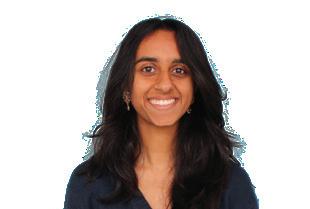
Sera Singal Reporter
Teachers’ voices and needs are often overshadowed by the push to ensure student well-being. Responsible for educating the youth and providing new generations with the tools needed to problem-solve while also navigating boatloads of work, relatively low base salaries and the pressures of parent expectations, teachers are the unsung heroes carrying the weight of the world on their shoulders. Yet, in spite of their indispensable role in society, teachers’ mental health is often overlooked. Between managing multiple classes, thoughtfully grading hundreds of assignments, attending countless district and departmental meetings, designing robust lesson plans and fielding a barrage of questions from students and parents, teachers’ lives are packed. According to a 2022 review conducted by researchers Kristen Ferguson and Ivy Lynn Bourgeault published in the Journal of Teaching and Learning, teachers grapple with one of the greatest amounts of job stress and burnout among working individuals. Although this study found that minimal doses of healthy stress, referred to as eustress, augmented work performance, too much can become difficult to manage. In a 2023 nationwide survey conducted by the nonprofit research and design think tank called RAND, 27% of a sample of roughly 1,400 teachers stated the quantity of work they received was their number one stressor, further showcasing the impact of teachers’ busy schedules on their well-being. In addition, according to a 2024 RAND survey, teachers were working for an average of 53 hours per week — nine hours more per week than similar working adults. For context, considering that adults sleep for an average of eight hours per day, spend 1.5 hours of their day taking care of meals, hygiene, and exercise — as determined by a United States Department of Agriculture questionnaire — and allocate around one hour for short breaks, the data from the 2024 RAND survey demonstrates that 52% of teachers’ time undedicated to basic necessities is used for work.
On top of the amount of work teachers must grapple with, low teacher base earnings may exacerbate their emotional struggles. In the 2023 RAND study, 38% of teachers claimed their salary was “completely inadequate.”
Since income is the key to unlocking the lifestyle that one wants to lead, and purchasing power is a crucial component of an individual’s quality of life, the low salaries for teachers compromise their financial condition and contribute to further stress for educators.
Teachers are the unsung heroes carrying the weight of the world on their shoulders. Yet, in spite of their indispensable role in society, teachers’ mental health is often overlooked. “ ”
Considering the aforementioned circumstances marring teacher well-being, overwhelming expectations from school communities can be the final blow. A study conducted by consultant company McKinsey illustrates that 31% of teachers’ resignations are attributed to this issue, showcasing the glaring emotional struggles correlated with handling the sometimes antithetical demands of parents, students and administrators. At Gunn especially, teachers are in a constant pressure cooker, bombarded frequently by haranguing emails regarding grading policies and teaching approaches. It is worthy to note that student criticism — when thoughtful and genuine — can help teachers acquire detailed, useful feedback, highlighting areas for improvement with their teaching. However, this practice has potential to create or inflate unkind and unconstructive descriptions of teachers. In certain situations, these descriptions may even stem from an unmet personal desire to preserve academic excellence for the sake of college applications. Teachers constantly being forced to defend themselves against judgement that may not only attack their performance, but also their personality is exhausting, nerve-wracking and anxiety-inducing — parameters that all heavily detract from mental health.
So, what would happen if these factors that negatively affect teacher mental health were better addressed? A systematic review in the 2023 Frontiers in Psychology
journal investigated the outcomes of teacher wellbeing across various studies and noted a correlation between teacher mental health and engagement in student and teachers, quality of instruction, student and school outcomes, amongst several other metrics. People’s ability to perform is often impacted by their amount of focus and interest towards the tasks at hand, which is dependent upon our energy levels that are dictated by our mood. This relationship further supports the conclusion that an emphasis on teachers’ mental health would not only improve their own experiences in the classroom, but their students’ as well due to emotional contagion — a psychological principle asserting that our emotional state is affected by the emotional state of those around us. Consequently, students would be more likely to engage in material, thus increasing their conceptual understanding and academic performance and better preparing them to navigate the world effectively.
In order to confront many of the prior problems begetting teacher mental health issues, schools, students, parents and teachers must come together to raise awareness and increase care through policies, initiatives and gestures. Schools should foster a culture which encourages teachers to share their mental health challenges and work to build strategies to help tackle them by having conversations regarding teacher well-being, investing in staff counseling services, and holding well-being workshops and trainings. In tandem, these experiences should be made optional so teachers who feel they’d like to use their time for other endeavors have the flexibility they desire while others who seek such supports have access to them. Furthermore, schools should strive to make teachers feel comfortable about taking sick days, so they can prioritize their health. Potentially, they could set up a more robust substitute system where individuals stepping in for an absent teacher have sufficient background knowledge to field student questions and more adeptly handle implementation of curriculum. Students should actively aim to practice empathy with their teachers. For example, student initiatives, like clubs or Student Executive Council, could look for ways to feature teachers in their promotional content to bolster students’ connections with their professors. Finally, teachers should help uplift one another by developing peer support groups to share strategies for handling workload, stress and other well-being subtractors and recognize their mental health struggles are valid and deserve to be vocalized, heard and abated.
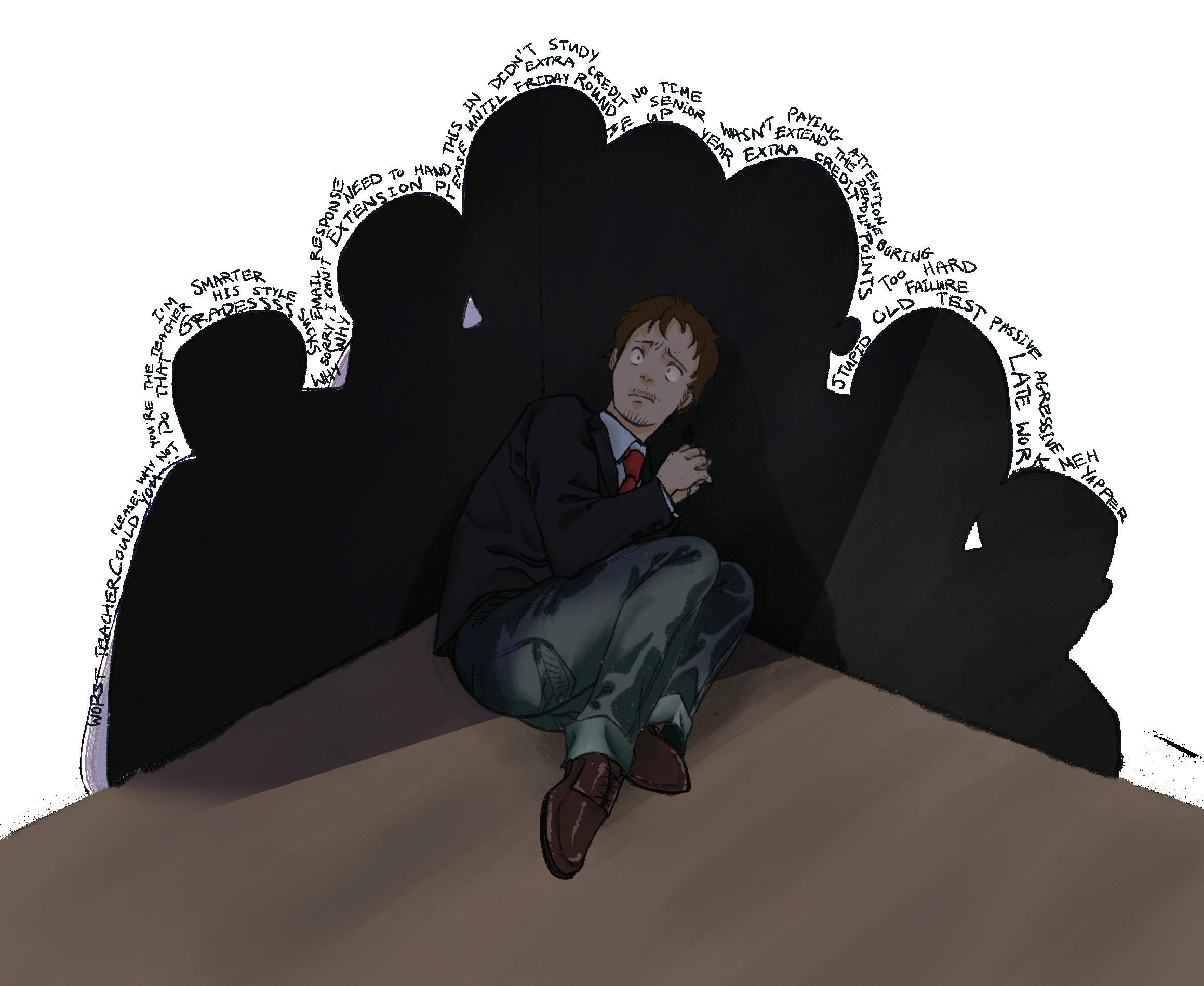
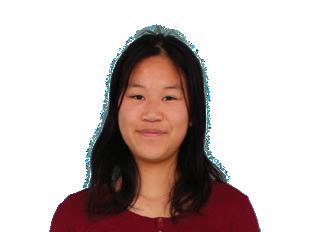
Melody Song Reporter
High school is a busy time. Students are juggling academics, sports, instruments, jobs and, in many cases, romantic relationships. Like all relationships, dating requires time and energy and can have effects on one’s well-being. While there is a lot of controversy surrounding the subject, dating in high school can contribute to a positive experience. Healthy romantic relationships have been proven to have positive effects on all aspects of health and help develop a teenager’s self-perception and sense of autonomy. Studies relate relationships to tangible health benefits, including extended life expectancies, better heart health and lower blood pressure. Studies cited by a National Library of Medicine article found that people who dated in adolescence reported better mental health and adjustment to change in adulthood. While platonic friendships may also have similar effects, dating is different from friendship. According to licensed marriage and family therapist Saba Harounie Lurie, romantic partners usually demand more time and attention than friends. Having someone, especially a romantic partner, to talk with can help students relax, process their emotions and feel connected to others. The mental health benefits of dating are especially relevant for high schoolers, since many experience stress from managing all their activities or thinking about their futures.
A study conducted by University of Michigan researchers found that people who abstained from dating in adolescence tended to have lower self-esteem and poorer mental health later in life. Conversely, people in romantic relationships often compliment and support each other, building their self-esteem.
The experience and soft skills high schoolers can learn from romantic relationships can carry over into adulthood. One example of this is communication, which is an important aspect of any relationship and a skill that students should begin developing early on. The quality of high school relationships can also affect the success of future ones. People who did not date in adolescence reported less romantic success in adulthood than those who did. Dating in high school can teach teens how to communicate effectively, set boundaries, resolve conflicts and be vulnerable.
Although some people think that teenagers are too naive to date and should wait until they’re older, those individuals aren’t giving high schoolers enough credit. Most students understand where their priorities lie and understand the importance of effective communication and individual boundaries. It is ironic that students are commonly expected to excel at economics, theoretical physics or multivariable calculus but are expected to fail at dating. This profiling is not only inaccurate, but fails to account for the maturity and time-management skills that many students have.
High school dating should not be seen as something that is too much for students to handle. Instead, it should be seen as something that provides students with opportunities to improve their skills and lower stress levels. Academics are an important part of high school, but developing healthy, well-adjusted habits through dating is similarly important. Dating can contribute to that objective because it deepens a person’s understanding of relationships and of themselves. Ultimately, students should stay open to the possibility and allow themselves the opportunity to experience growth that can come from a relationship.
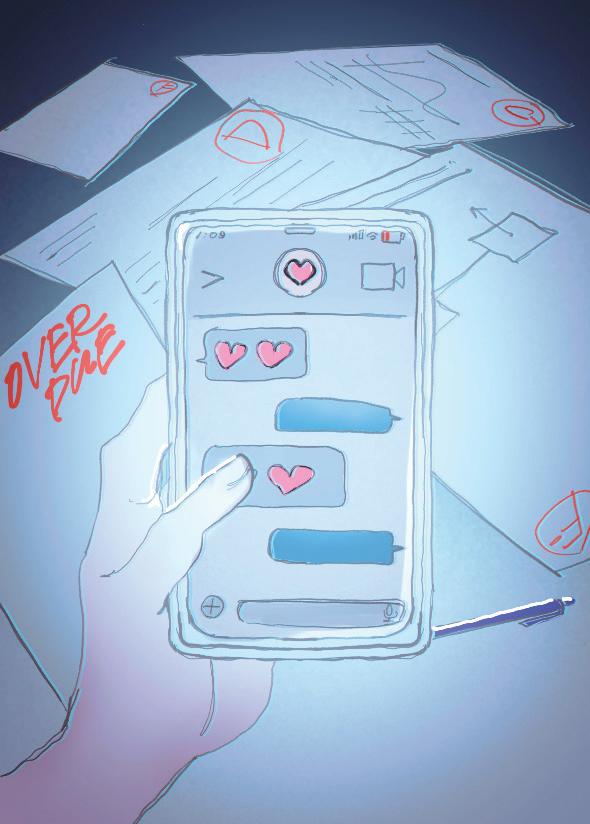
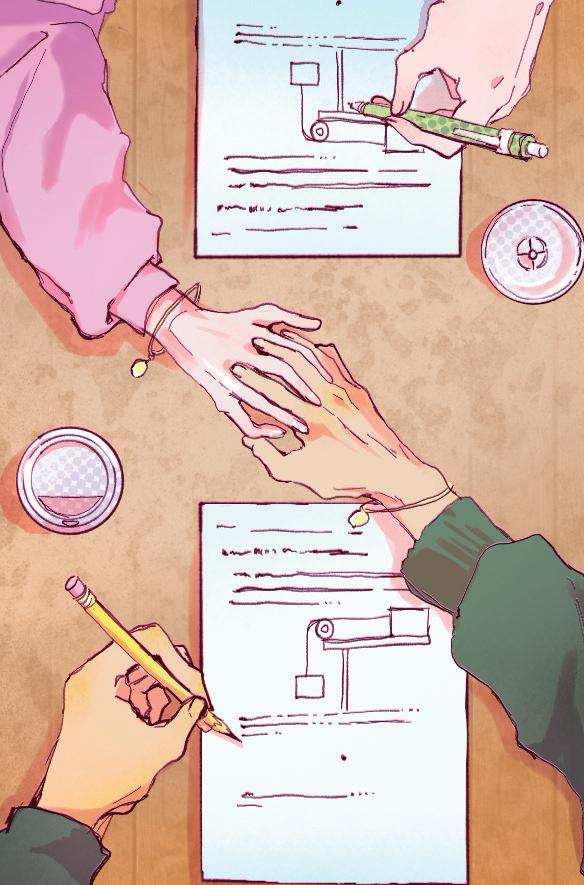

Melody Na Reporter
A common way that many students cope with loneliness and find a sense of belonging is through dating. However, being in a relationship can introduce unwanted issues, such as increased stress towards academics and for self-improvement.
The portrayal of high school dating in the media has created pressure for students to meet unrealistic teenage romantic expectations. According to a 2024 study by the Journal of Student Research, 50% of high schoolers who have not been in a relationship felt that dating as a teenager is a societal expectation. Likewise, 25% felt pressured to start dating due to societal and peer pressure and 36% have been judged for not being in a relationship. This culture coerces students into relationships in order to dodge loneliness and isolation experienced from being an exception.
Additionally, conforming to romantic ideals set by society is extremely overwhelming. Societal pressures should not be the motivation for dating. In fact, having such relationships influenced by peer pressure can be harmful. As the Journal of Student Research survey found, 29% of students who have previously been in a relationship but are currently not feel pressured to get into another relationship by peers and society. Those who date out of societal pressure feel stress and emotional turmoil to fit in and end up in a relationship they do not truly want.
Another source of stress for many high school students is their already-busy schedules. Adding dating to their workload can be a distraction from self-improvement and academic performance. According to a
2019 study conducted by the Pew Research Center, teens spend an average of more than 5.5 hours on leisure activities each day, or 38.5 hours a week. However, according to the Journal of Student Research, 43% of high schoolers currently in a relationship spend six or more hours with their significant other per week, outside of the 38.5 hours they already spend on leisure activities. This data implies that they would have less time for self-improvement compared to their non-dating counterparts. Because of this significant commitment, dating not only takes away time and energy for individual activities, but it also hurts students’ academic performance and commitment to extracurricular activities. According to a 2020 study conducted by adolescent behavioral health service Evolve, students who dated the least had the best study skills, as reported by teachers, while those who frequently dated had the worst. Because students in romantic relationships have to focus and spend time on their partner, they are unable to dedicate as much to their other activities — such as extracurriculars and school — contributing to a worsened performance in these areas. Some people may argue that dating helps students acquire important life skills and is a chance to be more mature. However, these skills can be acquired in other types of interpersonal relationships.
With pressing societal expectations, packed schedules, loads of homework and minimal free time, students should not date in high school. When students shift their focus to relationships instead of selfimprovement, they negatively affect their quality of life and mental health by adding yet another commitment to their already busy lives.
Vin Bhat and Yu-Ming Liu Reporter and Forum Editor
Last semester, a series of cheating scandals disrupted the normal flow of final exams. Specifically, teachers of Advanced Placement United States History and Introduction to Analysis and Calculus discovered forms of academic dishonesty, forcing them to implement safeguards to preserve test integrity.
On Tuesday, Dec. 17, APUSH teachers became aware of a leaked multiple-choice final exam answer key, and APUSH teacher Christopher Johnson quickly released a Schoology statement to students who had already taken the first part of the exam in his 5th, 6th and 7th period classes that they would have to “take a new test during the first hour of (the) final exam period.”
If somebody is willing to go to those lengths to try to somehow gain an advantage, what they have lost — and what many of my students have lost, even those who are innocent — is my trust. It’s one individual making a decision, but that decision ends up affecting a number of people, and I think one of the biggest casualties of that is the loss of trust of an educator.
APUSH teacher Christopher Johnson
This decision was made in accordance with CollegeBoard AP test security procedures which state that an entire test center has to retake the AP test in the summer if a single student at that test center cheats. These safety measures prompted teachers to create a new version of the exams and have the students restudy.
Similar measures were taken later in the week when IAC teachers discovered the circulation of images of tests via Discord. On Friday, Dec. 20, the IAC teachers announced in a Schoology message that “the security of the first semester final exam was compromised.” All scores from the original test were nullified, and a replacement final was given to all students post-winter break.
The scope of these incidents led to a significant burden on those within the Gunn community and disrupted the rhythm of finals week. According to Johnson, the act of cheating by just one or a few students in a class dramatically affected all others taking that class. In addition, teacher-student relationships were strained due to a lack of trust.
“If somebody is willing to go to those lengths to try to somehow gain an advantage, what they have lost and what many of my students have lost — even those who are innocent — is my trust,” he said. “It’s one individual
making a decision, but that decision ends up affecting a number of people, and I think one of the biggest casualties of that is the loss of trust of an educator.”
IAC teacher Rachel Congress echoed Johnson’s sentiment that the negative actions of just a few affect many. Notably, Congress emphasized that forcing students to study over winter break for another final was unnecessary.
“With IAC, students ended up having to do more work. In the first place, if people would have studied, then nobody would be having to do extra work,” she said. “It’s really disappointing, and we have seven periods of IAC, so it’s an extremely large number of students who are affected, not to mention all of the other classes, like in APUSH.”
Unfortunately, cheating incidents are not new to Gunn. Johnson recalls a similar situation in 2007, when students in later APUSH periods gained unfair advantages by
asking classmates of earlier periods about the exam content. However, he noted that the recent scandal’s magnitude was unprecedented.
“It has never been such an overt thing to me as the seizure of an actual test document,” he said. “There’s different ways that it could happen, but never as blatant as what has happened recently.”
According to a 2017 Challenge Success survey conducted by Stanford University researchers of 1,561 Gunn students, 62% reported being “often or always stressed about schoolwork.” In that same survey, 84% of participants reported instances of cheating that same year. These statistics shed light on a concerning pattern at Gunn: The pressure to succeed academically is correlated to unethical behaviors among students. In Assistant Principal Harvey Newland’s experience, this pressure causes many students to prioritize their grade point average over their principles.
“You might have someone who did study, and they’re just nervous about getting a C or a B,” he said. “If there’s a way to get a guaranteed A, and there’s something available that allows them to get some type of badge, students will take that route.”
At the same time, the prevalence of cheating reveals a broader trend that the fear of failure encourages students to justify their dishonesty. When faced with mounting stress, some rationalize their actions as necessary to stay afloat in a high-pressure environment or perceive the sacrifice of their ethics for their grades as a positive trade-off. According to Johnson, people who are usually ethical may choose to take this shortcut to alleviate some of that stress.
Part of me doesn’t want to believe that that’s part of the culture, but I also understand here it’s part of reality. We know that students strive for a certain type of grade or certain perfection, and that might be the driving point for cheating.
Source: Self-selectedsurvey sent to Gunn students by The Oracle from Jan. 22 to Jan. 29 with 28
“I’m one of those who believes that human beings are inherently good, but it’s very easy to be led astray and take the easy way out,” Johnson said.
Additionally, the cultural push to take multiple AP courses exacerbates this issue. According to Johnson, overloading on these advanced classes limits students’ ability to prepare adequately for all of their commitments, further incentivizing shortcuts. “Students who think that it is necessary to take more advanced courses don’t realize that it cuts in on their preparation time for all of their courses, so they’re trying to find an easy way out,” he said. “As students keep piling on AP classes, or even taking AP classes that they don’t have an interest in, they may be more inclined to cheat. It’s disheartening to me to see that happen, because one’s integrity and having a strong level of integrity and honesty is at the foundation of this country.”
path forward
Assistant Principal Harvey Newland responses.
The competitive student culture in Palo Alto is deeply ingrained in the city’s history. As a town that is extremely close to Stanford University and influenced by stories of success, students are pressured to succeed at all costs. Over time, this culture for teens has evolved to focus on college applications as a measurement for intelligence and success. According to Newland, this win-at-all-costs mentality could further encourage cheating.
“We still understand that it’s Palo Alto,” he said. “Our students are striving for difficult colleges and things like that. Part of me doesn’t want to believe that that’s part of the culture, but I also understand that here, it’s part of reality. We know that students strive for a certain type of grade or certain perfection, and that might be the driving point for cheating.”

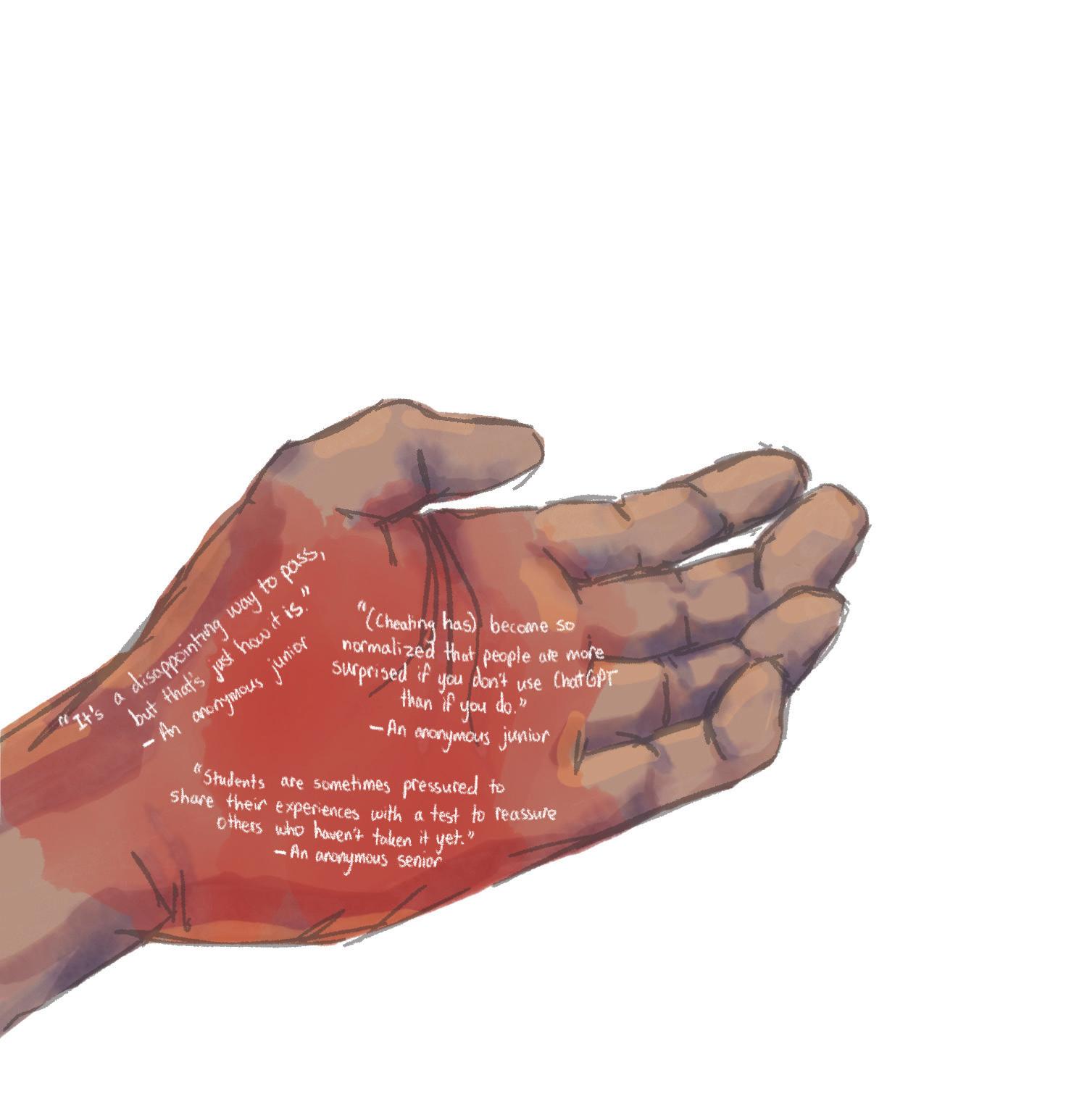
The recent series of cheating scandals have sparked important conversations about the role of integrity in education. While the incidents disrupted finals week and strained relationships, they also served an important purpose of highlighting the need for systemic change. After all, fostering a culture of honesty requires a collective effort and commitment to addressing the root causes of academic dishonesty. While it is difficult to completely disincentivize academic dishonesty, teachers can work to minimize the opportunities for cheating, helping students better gauge their own proficiency in the class. According to
Newland, an anti-cheating measure that he took while he was a teacher was using more qualitative methods for evaluating students.
“We can think about how we do assessments, and it really depends on the classroom and what the content is,” he said. “I taught engineering and math, and a lot of what I did was project-based. It’s hard to cheat on because it’s not some cumulative exam in a really precise amount of time.”
I’m one of those who believes that human beings are inherently good, but it’s very easy to be led astray and take the easy way out.
APUSH
teacher Christopher Johnson
In the affected classes, anti-cheating systems are being put into place to prevent similar incidents from occurring again. In IAC, Congress noted that proactive measures, such as seating arrangements and multiple test versions, are already being made to reduce cheating and academic dishonesty.

“We’re just going to have to be more careful,” she said. “But, we’re doing all the same things for both classes that I teach — no technology, desks in rows and multiple versions.”
Additionally, Congress emphasizes that cheating itself is not the only way to improve one’s grades: Studying hard or asking for help can improve academic performance. Contrary to academic dishonesty, it carries no risk, as getting caught cheating could lead to permanent marks on one’s academic record.
The ultimate goal of the education system is to prepare students for the challenges they will face beyond high school. Cheating is counterproductive because it lowers the bar of proficiency students feel obligated to reach, leading to them lacking skills and discipline. Moving forward, Congress hopes that her students recognize this extreme risk and distance themselves from it.
56.1% ofstudentsbelievethat gunnstressorsincrease theirtendencytocheat
Source:Self-selectedsurveysenttoGunnstudentsby
TheOraclefromJan.22toJan.29with82 responses.
“If you have to steal a test in order to feel like you could do well on that test, that concerns me a lot,” she said. “How are students going to be successful in the future? You could potentially be expelled from college.”
Additionally, Johnson warns that these students erode their ability to learn, which is a critical life skill. He also thinks that the impacts of rampant cheating are quite far-reaching, perhaps into the nation as a whole.
“At the entrance gate of a university in South Africa, they have this message that’s posted for contemplation: ‘Destroying any nation does not require the use of long range missiles, it only requires lowering the quality of education and allowing cheating in the examinations by the students,’” he said. “So, I think that the collapse of education, even the collapse of integrity in education, is the collapse of the nation.”

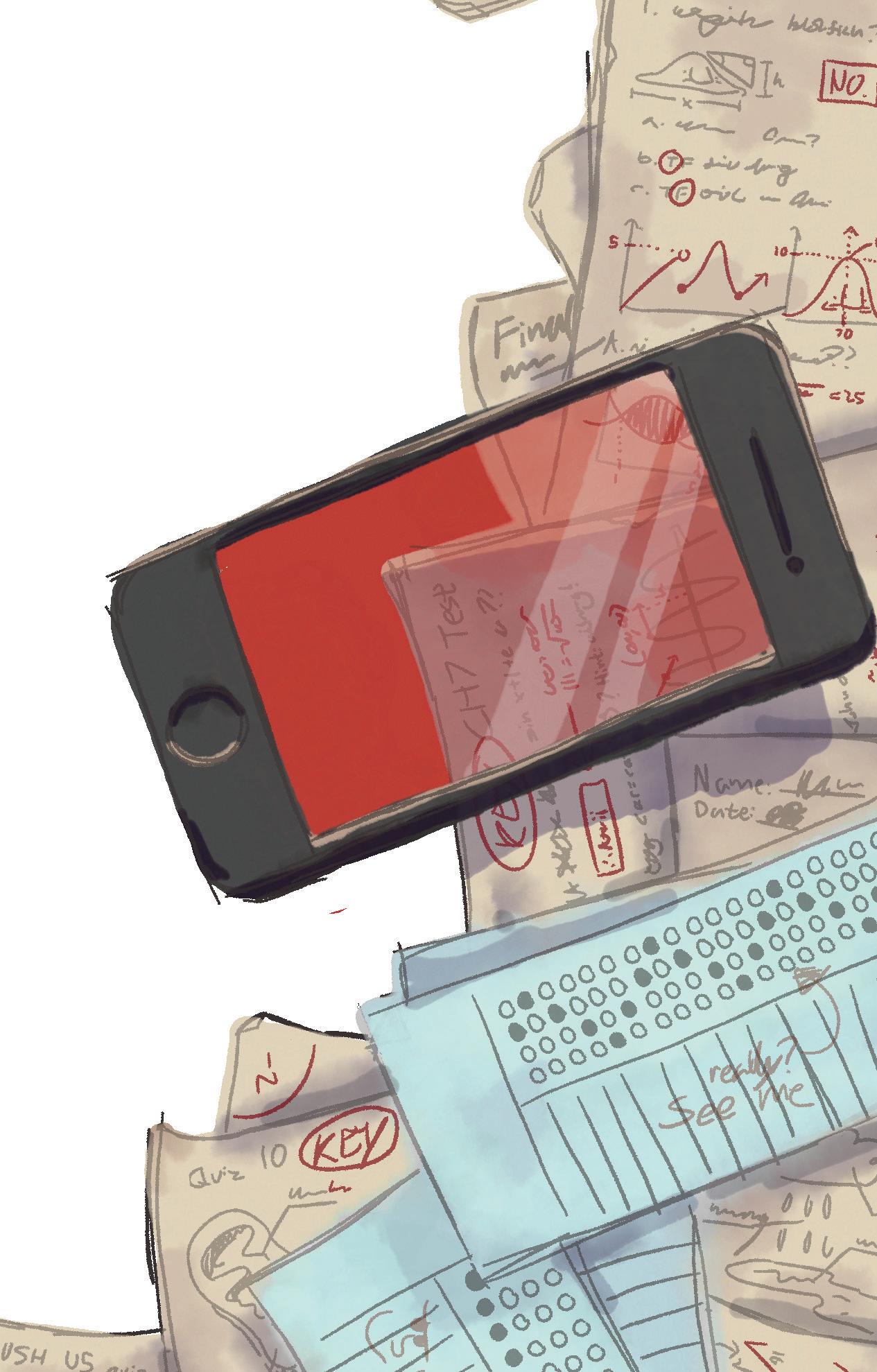
Student Executive Council Publicity Commissioners seniors Jennifer Li, Yuna Suh and junior Hannah Mei are working together on an art gallery for their Impact Project. The gallery would display pieces of student-made 2D art on the walls of the new Titan Hub and Grub throughout the month of March. Their shared goal is to give all students a way of demonstrating their artistic capabilities and create an impact on the community by spotlighting artists on campus, emphasizing that talent doesn’t lie solely in academics.
Typically, a student must be in an art program to showcase their work. With this in mind, Li, Mei and Suh wanted to give all students the opportunity of displaying their artwork on campus. Mei is especially eager to recognize student talent, hoping that it will create a more positive environment.
“I’m most excited to see the different art pieces that will be submitted, and I’m really excited to see what other people’s reactions to them are to give artists more publicity,” she said.
The group plans for the gallery to be placed near the Titan Grub, so students in line for lunch can view polished pieces of art created by their peers.
“When people get lunch, they can stop and see different artworks displayed
by students on campus,” Mei said. “We want to showcase the talent on our campus, especially for people who are not enrolled in art programs and don’t have any other way to demonstrate (their skills).”
Mei notes that students may feel apprehensive about sharing their creations, but hopes that others will create a safe and supportive environment.
“I just hope that people don’t feel shy to submit (their art) and I also hope that people who see those artworks (will be) respectful to it and acknowledge the talent,” she said.
Pursuing a shared passion to understand the teenage brain and bolster student wellness, Wellness Commissioner senior Aarya Bhushan and Diversity Commissioner junior Natalie Chan aim to cultivate an atmosphere of collaborative mental health support through their SEC Impact Project: bringing peer support circles to campus. While transparent that their project is not a substitute for professional mental health resources, Bhushan and Chan hope that these circles can be places of newfound camaraderie and conversation as a first step toward wellness resources for students in need.
Aspiring to provide alternative resources for students who need support, Bhushan and Chan are embracing a more informal, studentled structure for their project. When analyzing the reasons of why students may not take full advantage of Gunn’s Wellness Center or therapy, Bhushan realizes that parental consent is an intimidating barrier for many.
“Legally, you need to be 18 in order to get therapy without a guardian knowing, so we came up with the idea to have a peer support group,” she said. “We’re still going to have someone supervise the conversation, just in case it gets too serious (and) redirect them to the help that they might actually need, but the whole point is (these student-led circles) can be pretty light-hearted (and still) fulfill the potential burden someone might be feeling.”
These circles would be open to all students on a voluntary basis to attract interested, active participants. Their front-running idea is to host circles during Social and Emotional Literacy and Functionality, Prime or Study Hall with activities and food, led and supervised by trained students and staff facilitators.
“Our goal is to have student supervisors, along with maybe an adult or two to (oversee), because
I feel like, when it’s coming from the perspective of a student, (other students) are more willing to open up,” Chan said. “And, it would be a good opportunity for students who want to become student leaders, not just in SEC, to go through a quick (supervisor) training and be able to collaborate and lead.”
Long-term, with enough engagement and experience, the mission of their project is to amplify Wellness Center and SELF offerings by reinforcing safe spaces for cohorts of students to share and support each other. According to Bhushan, the peer circles would be a safe step for participating students to further appreciate and use Gunn’s mental health resources.
“(The goal of) our project is (that mental health resources) don’t have to be that serious, all at once,” she said. “(The peer circles) wouldn’t be limited to people that need therapy, but it’s a less weighted step to getting support and normalizing help.”

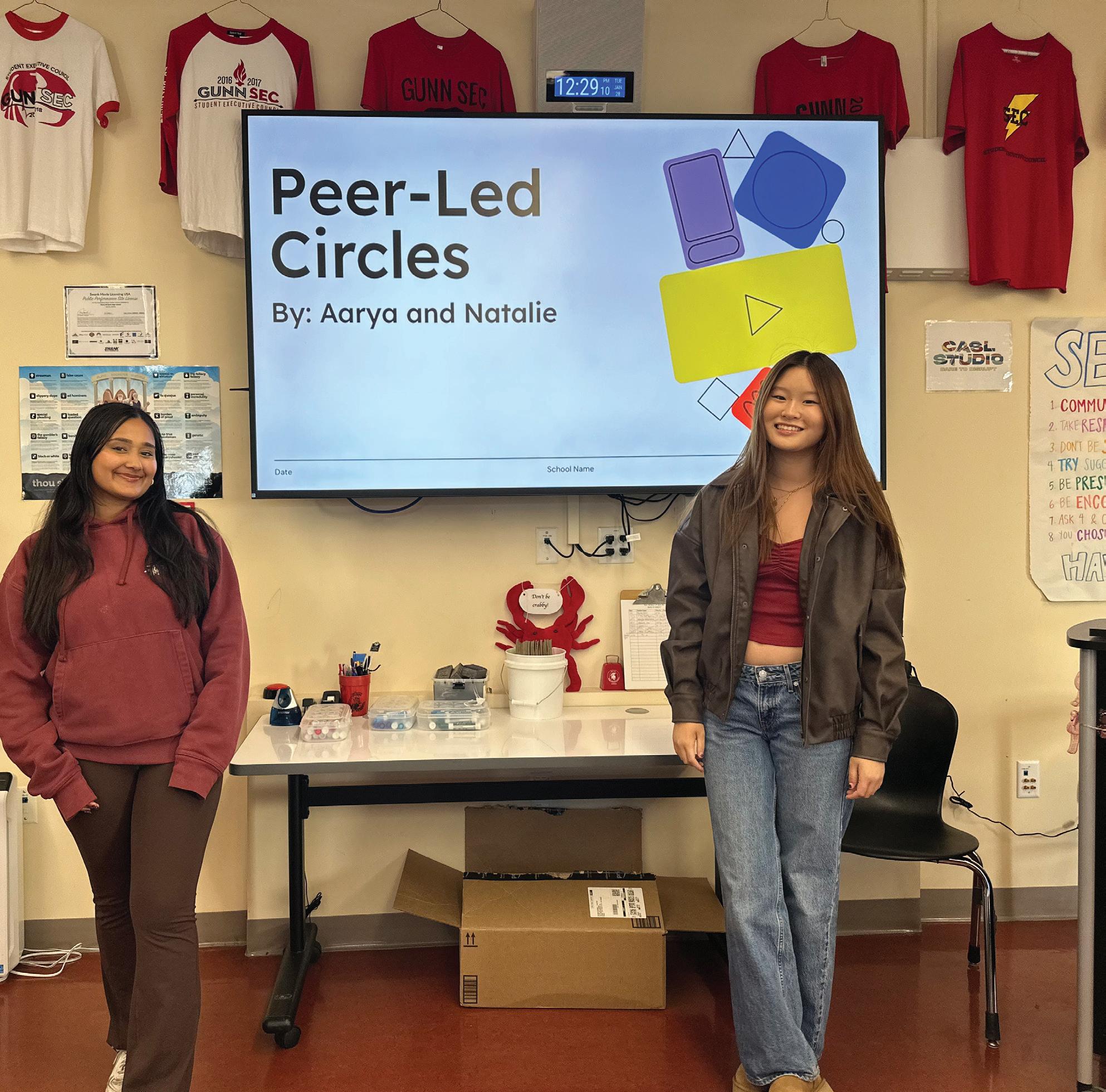
Jessie Han, Floyd Neesan, Evelyn Shen and Chloe Wang: Green Initiative
To achieve the goal of bridging the gap between student waste habits and the oftenoverlooked efforts of the custodial staff, a four-person Student Executive Council Impact Project is introducing a small but powerful solution: worms. SEC officers seniors Chloe Wang, Evelyn Shen, Floyd Neesen and Jessie Han plan to implement a vermicomposting system, a process where worms decompose waste into nutrient-rich soil, as well as create video episodes that interview custodians and launch a waste-awareness campaign.
“We’re trying to give light to the fact that someone is taking time to pick up the trash that’s left on the ground after brunch but completely gone by lunch,” Neesen said. “(Our project) will have the impact of making our campus a more connected place across generations: custodians and youth (alike). That’s a humanizing perspective that other waste initiatives weren’t showing. (However) we’re all identifying that trash is left out, even right near trash cans, or improperly sorted.”
In the coming months, the team plans to launch a YouTube series that features the custodians and explores their perspectives on these issues. During April’s Earth Week, SEC will partner with the Green Team to host a vermicomposting workshop, including how to set up a worm bin, how to maintain proper moisture levels and how to harvest the finished compost. This event will lay the groundwork for vermicomposting’s long-term implementation.
“As one of our goals, we want to bring vermicomposting onto a bigger scale, especially with a new cafeteria,” Han said. “Logistically, we’re still figuring out things like how we can sustain it throughout upcoming years and how we can transport the dirt to the garden. I feel
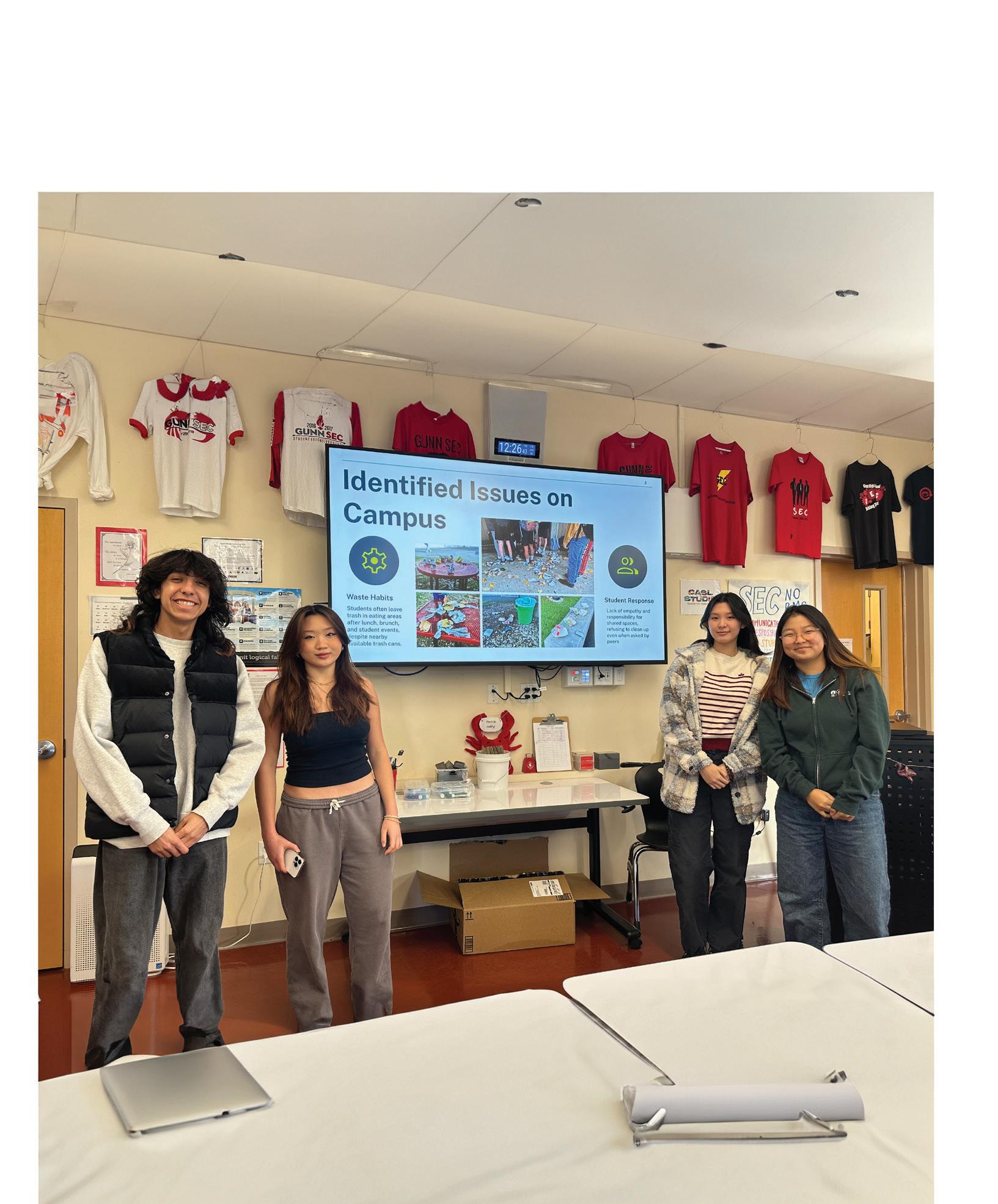
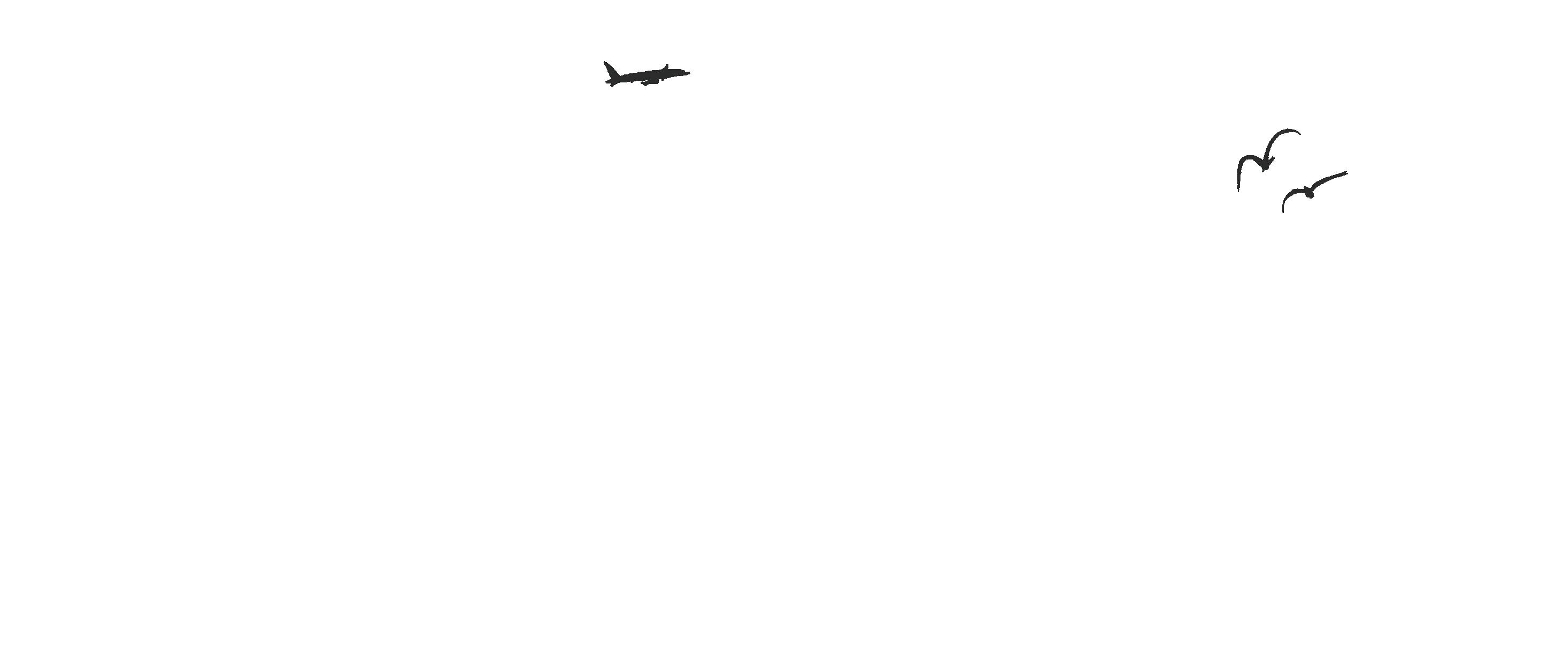

math
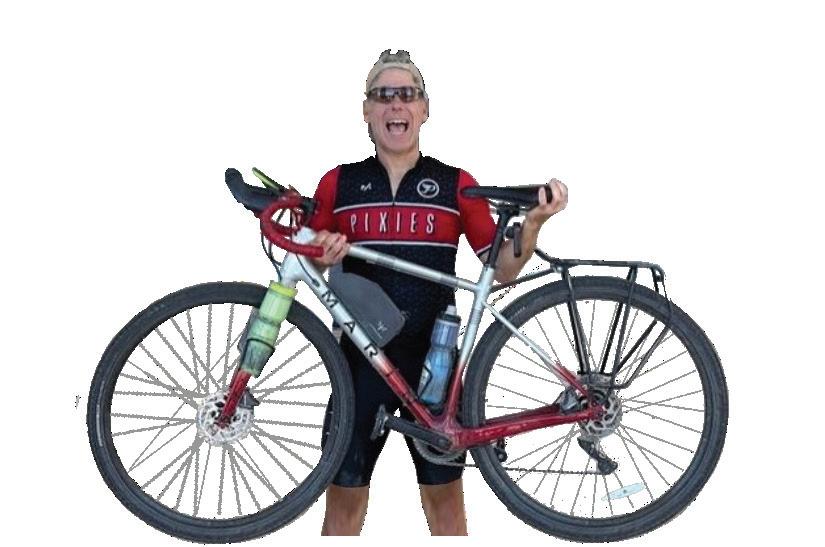
Two hundred nineteen years ago, explorers Meriwether Lewis and William Clark — better known as Lewis and Clark — completed their two-year, four-month and nine-day expedition from St. Louis, Missouri to Astoria, Oregon. By Oct. 18, math teacher Dave Deggeller had finished cycling the entire reverse route in just 62 days.
I sort of rediscovered cycling, (and) I started realizing (that I’m) pretty good at it. Then, during COVID, I had a lot of free time so I said, ‘What if I did cross country? What would that look like?
Math teacher Dave Deggeller
Throughout his life, Deggeller has been an avid longdistance biker. Previously, he has been on two bike trips in Europe: one from Vienna to Budapest and another from Belgium to Amsterdam. However, it wasn’t until he went on a 10-day biking trip with his father from Portland, Oregon to Palo Alto, California that the idea for a crosscountry trip was sparked.
“I love the idea of road tripping (and) going from city to city,” he said. “And I enjoy challenges, including challenging my body.”
With some spare time and the support of his wife, Deggeller decided to pursue his lifelong dream of crosscountry biking.
“The number one question I got on my tour (was not) ‘Why are you doing this?’” he said. “(Instead), they typically asked, ‘Are you crazy?’”
Deggeller started to plan his journey during COVID. Inspired by the novel “Undaunted Courage” by Lewis and Clark, he wanted to explore the famous trail named after the pair — The Lewis and Clark National Historic Trail — a route of around 4,900 miles that commemorates their 1803 to 1806 expedition. His vision was to take an American road trip on two wheels while raising money for the Great Redwood Trail, which connects California’s San Francisco and Humboldt bays.
“I sort of rediscovered cycling, (and) I started realizing (that I’m) pretty good at it,” he said. “So, I started getting more serious, biking to work every day, doing more climbing, going up the hills and biking with people stronger than me. Then, during COVID, I had a lot of free time, so I said, ‘What if I did cross country? What would that look like? What would that have to take?’”
The number one question I got on my tour (wasn’t) ‘Why are you doing this?’ (Instead), they typically asked, ‘Are you crazy?’
—Math teacher Dave Deggeller
Deggeller was sure that he wanted to challenge himself with a long-distance trip in early February, so he took a sabbatical to begin organization. His family, friends and coworkers supported him, which helped the trip become a reality.
Deggeller began his adventure on July 22 in Portland,
Oregon, passed through the Rockies and the Continental Divide in Montana, continued through the Dakotas and into St. Louis, Missouri. After that, he visited friends in Chicago, Michigan and Cleveland and finished in Washington, D.C.
When Deggeller biked through big cities, such as Kansas City and Chicago, he attended live jazz and rock and roll concerts and tried beer in breweries. In smaller towns, he stopped whenever anything piqued his interest.
“I definitely wanted to see parts of the country I hadn’t seen,” he said. “I’d never been to Kansas City, Cleveland, Pittsburgh, the Dakotas or Montana, so I really wanted to see the smaller towns (and) our whole country. Politicians sometimes talk about the middle of the country being the flyover place. (I wanted to) check it out to meet people different from me and reconnect with old friends.”
On one of the hardest days of the trip, a gas station attendant told him about a nearby powwow — a sacred celebration honoring ancestors through dance and song. At first, Deggeller was unsure of whether he would be welcome or not, but with more encouragement, he attended the event to connect with the locals.
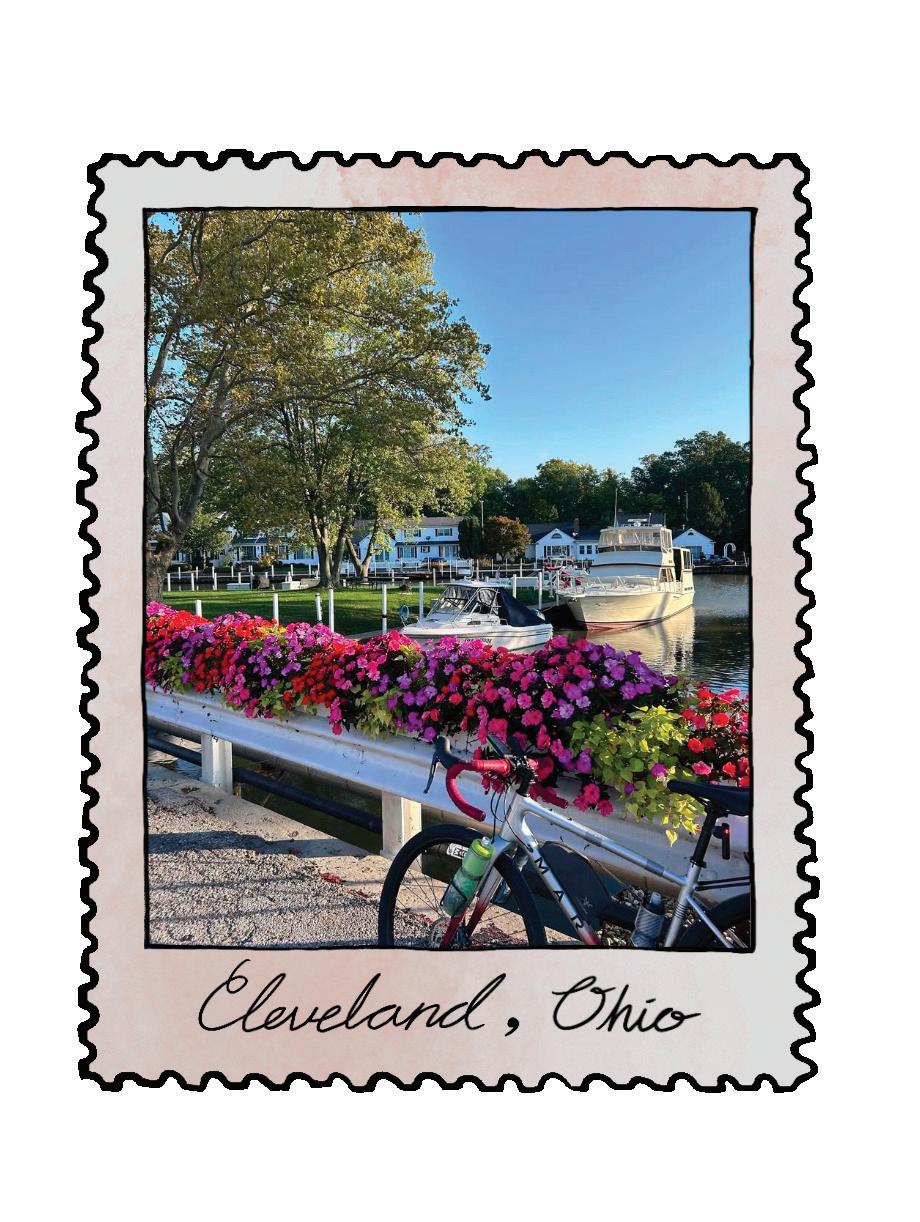
“It was a pretty special day, and a lot of people talked to me and asked me questions,” he said. “It felt good to be welcomed.”
Politicians sometimes talk about the middle of the country being the flyover place. (I wanted to) check it out to meet people different from me and reconnect with old friends.
Math teacher Dave Deggeller
However, Deggeller’s trip wasn’t completely smoothsailing. With unexpected circumstances such as mudslides, flat tires and wildfires, he had to learn to rapidly adapt to new conditions and situations. On Day Three, he caught a bus when fires in the northwest closed the tunnels he planned to bike through, and on Day Four, he took a boat across the Columbia River instead of riding on his preplanned route.
“If I took a wrong turn, I (would) just take a breath and (think), ‘Okay, where am I going to go?’ and just be willing to adapt,” he said. “(Even though) I planned out every single day with great detail, I had to give myself permission to deviate from that.”
By going solo on the trip, Deggeller was incentivized to converse with those around him. These interactions allowed him to meet a few unexpected individuals, such as the season five cast of the television series “Yellowstone” and the son of an immigrant from Venezuela.
“I would often just start conversations with people,” he said. “Maybe they were surprised, but they always wanted to engage with me. I think that’s probably one takeaway: We’re all on our phones, we’re all in our (own) world, but people still want (to make) connections.”
—
Written by Yael Gottesman and Carmen Ruiz Fernandez

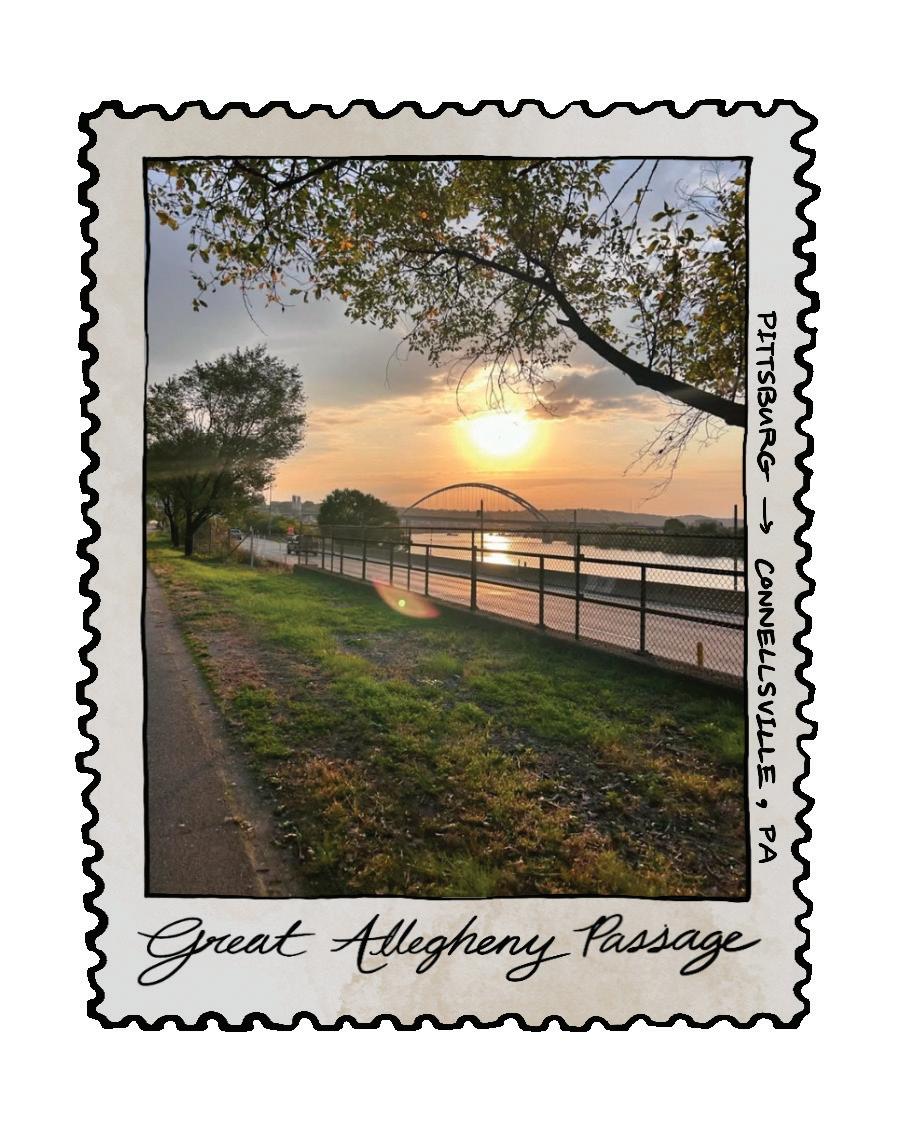
Embracing the body’s innate ability to self-heal, sophomore Isaac Fredericson has a routine where compression therapy is medicine. Twice a week, the multi-sport athlete suits up in air-filled sleeves that deliver a pulsing compression for his legs. This treatment gives his body’s natural healing mechanisms the right conditions to best function by promoting blood flow and reducing muscle soreness.
“I use a NormaTec device to speed up my recovery after practice,” he said. “I’m an athlete who plays basketball and baseball for Gunn, so it’s how I prioritize the recovery.”




Fredericson’s compression therapy sessions are the culmination of years of learning about lifestyle medicine — a passion that first took root in middle school. Through his interest, Fredericson first discovered the field of epigenetics: the science of how environmental factors, behaviors and lifestyle choices influence gene expression and overall wellness.
To better understand epigenetics, Fredericson created his own holistic lifestyle — daily habits to address his body and spirit’s health. The effects of his nutritious meals, breathwork techniques and ice baths prove to be a true case of mind over medicine.
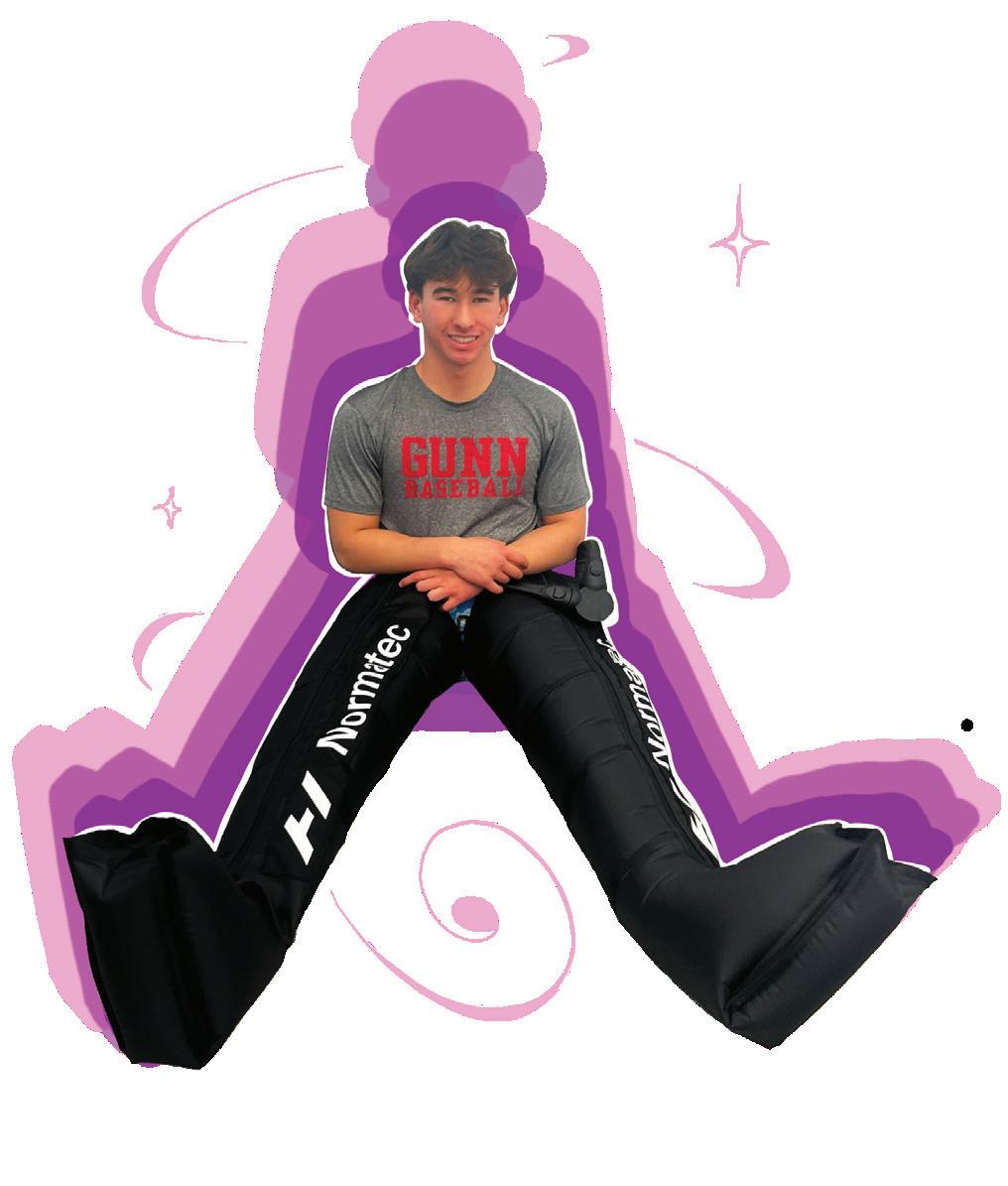
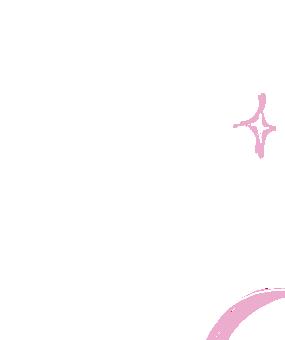


“A holistic lifestyle helps put me in a flow state (of being completely absorbed in an activity),” he said. “In the classroom, especially with a clearer mind, I’ve realized that holistic healing can also be a great tool for education and for feeling taken care of.”
As the president of the Lifestyle Medicine Club, Fredrickson also educates students about how their wellness works in tandem with their spiritually, environment and nutrition.
“Sometimes we think we’re invincible, especially as teens, and we don’t really need to take care of ourselves proactively and preventatively,” he said. “It’s only after we have the injury or the disease that we start focusing on health.”
The club focuses on seven pillars: nutrition, restorative sleep, cognitive enhancement, gratitude, social connection, exercise and stress management. Fredricson hopes the club’s mission and events — like the Gratitude Chalk Wall and healthy smoothie bar events — can lead the way for others.
“There’s a great community aspect where practicing
(holistic healing) together helps us stay accountable,” he said. “We have (Lifestyle Medicine Clubs) at two other Bay Area high schools. We’re trying to expand the club to a national organization too. Our goal is to get this out to as many clubs and set an example.”
However, despite its many benefits, Fredericson also recognizes the barriers to holistic treatment.
“Accessibility to holistic healing is a big thing, not just for me, but for everyone,” he said. “Acupuncture or hyperbaric oxygen chambers are two methods I would want to try, but it might be hard for some people to get their hands on these things because they’re oftentimes (costly).”
For Fredericson, the efficacy of any remedy — whether alternative or traditional — depends on combining proactive practices with a clear understanding of its purpose.
“The big difference between Western medicine and holistic healing is that Western medicine focuses more on treating illness, and (holistic healing focuses) on prevention,” he said.
For Fredricson, his involvement in both sports and holistic healing heightens his aspirations for a future career in healthcare to encourage people to live healthier lifestyles.
“Everything is related,” he said. “(For example), your pain in your stomach can be due to stress, or your pain in your back can be due to bad fitting shoes or poor posture. I think holistic healing approaches your body in a way that looks more at the totality of the person, rather than just their symptoms.”
— Written by Sylvie Nguyen
Art therapy allows patients to create physical representations of their feelings, boosting their self-esteem and reducing stress.
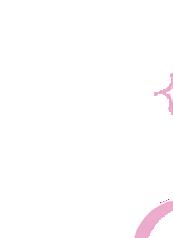

Nature walks and Forest Bathing are activities based on immersing oneself in nature. It is known to bring feelings of tranquility.

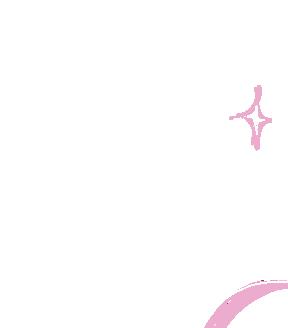
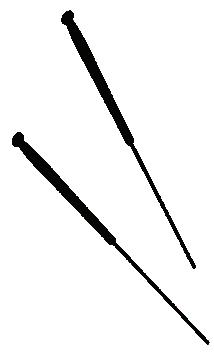
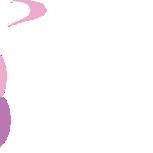
Acupuncture aims to unblock the body’s natural flow of energy by inserting sterile, thin acupuncture needles into specific points on the body.



Aromatherapy, is the use of essential oils to manage health, allieve pain, boost well-being and regulate mood.

Physical education teacher Amy Anderson’s personal healing journey was inspired by the Youth Empowerment Seminar Program, which was incorporated into Gunn’s physical education curriculum from fall of 2015 to fall of 2019. This program aimed to teach students about meditation and mindfulness, which provided Anderson with a visualization of the positive effects of this wellness approach.
“This (approach) is something that (I knew) was not just going to be here temporarily, (but) something that was going to be used throughout my whole entire life.” she said.
The YES Program opened up a new door for her healing journey, displaying all the things that this new healing approach had to offer to assist in the overall well-being of both her mind and body. She experienced many benefits from this practice, with one being the ability to maintain balance in her life.
“By no means (am I) perfect,” she said. “I still am a human and I still will say and do things (that I regret). But (holistic healing) gives me an opportunity when I do sort of fall out of balance to be a little bit kinder to myself (and) have a little more compassion and understanding.”
Along with maintaining a healthy balance in her daily life, Anderson has found that these forms of holistic practices, both meditation and yoga, have helped her become more present in the moment. She emphasizes the importance of self-awareness and checking in with oneself to prevent impulsivity and negative behavior in times of stress or difficulties. Through experimenting with holistic healing, she has found herself to be more successful in preserving her resilience in the face of hardship.
“When you’re focusing on your breathing, you’re not in the past, and you’re not in the future,” she said. “You’re right there in the present moment.”
For these reasons, Anderson has become a strong
advocate of meditation to maintain wellness. However, while she acknowledges the many benefits of modern medication, she also realizes that each person has different needs, emphasizing that meditation and her approach to healing is not a “one size fits all” solution. She strives to spread this beneficial approach to those around her, introducing the concept of meditation to her students, family and friends.
“While we don’t have a full meditation unit like we did in the past, I will weave it into the curriculum every now and then when I feel like the energy of my students (is changing negatively),” she said. “If I’m feeling like they’re getting stressed, or before finals, we will take some time to create some peace and connect with ourselves.”
Anderson emphasizes that traditional medications tend to treat only a specific injury, while holistic approaches allow one to connect the mind and body and treat issues in a more connected and well-rounded manner.
“Meditation is kind of like a superpower that you have,” she said. “You can’t control the things that life puts in your path, but through practice and awareness, you have access to the power of your breathing, and that controls your nervous system. If you find yourself in a stressful fight-or-flight kind of situation, become aware of it and have the tools to take a moment to it, you’re going to most likely be a better version of yourself.”
When facing hardships, Anderson keeps her approach flexible and versatile. The duration, extent and type of meditation she engages in differs based on how her mind and body feels in that present moment.
She emphasizes, that for the same reason, alternate approaches incorporating technology are often helpful.
“If I do have a big life event or something that is causing maybe a little bit of stress or uncertainty, I’ll usually put on a recorded meditation,” she said.
Anderson is grateful for the benefits that holistic healing has granted her and ultimately believes that it is a beneficial life skill.
“It’s just something that you can have in your life’s toolbox,” she said. “It’s not like you have to immerse yourself in this lifestyle, but it is a way for you to do all the other things that you love and just be more present (because it) enriches your life.”
— Written by Eanam Maor

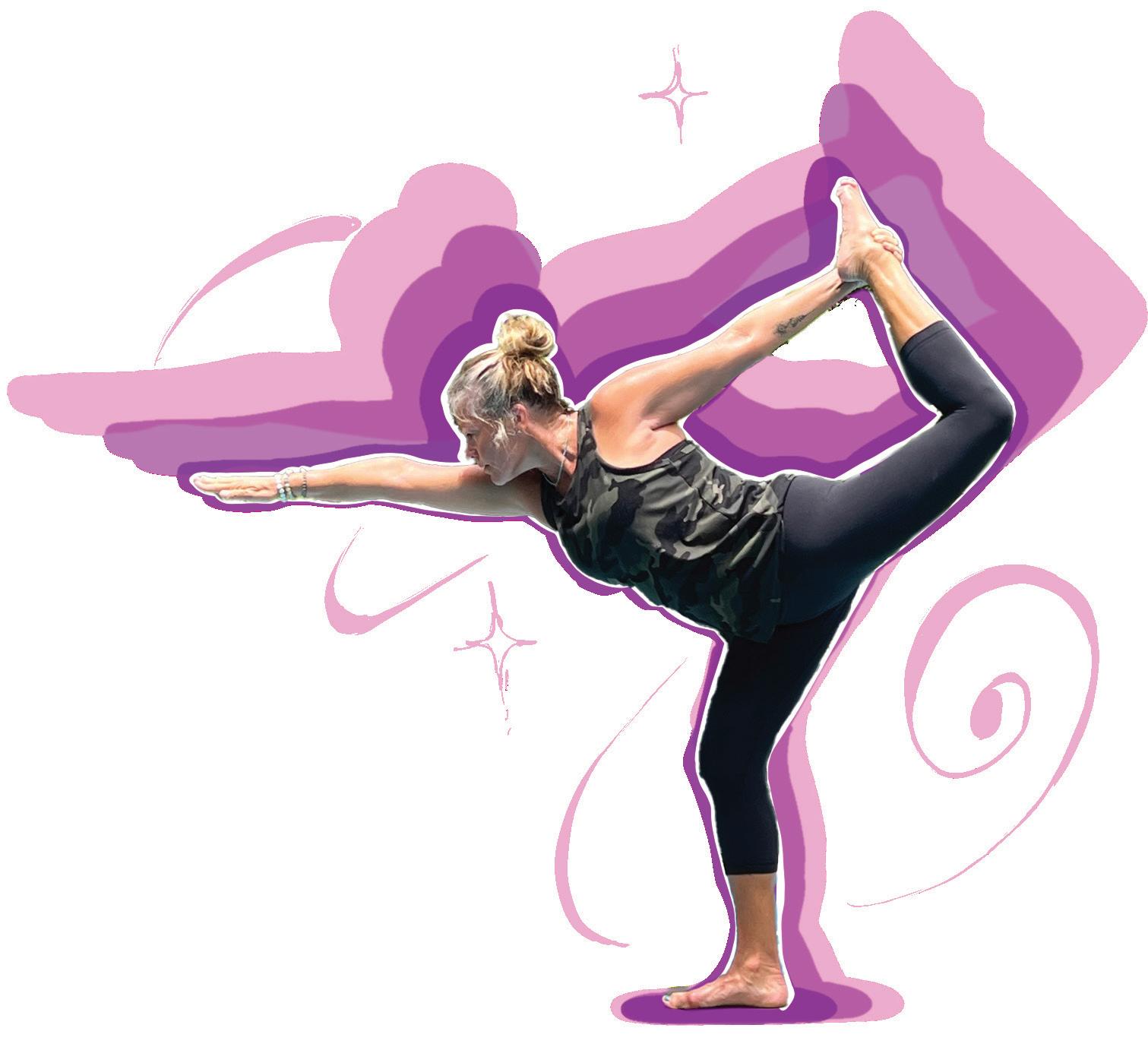
2024 was a year to remember. To wrap it all up, I’ve compiled the biggest trends of the year in three categories. I’ve never heard the word “microtrend” more times

many until the release of Charli XCX’s electropop album “brat.” What made this album special wasn’t just the music (how many of you even know more than three songs?), but the movement it created. While I can’t say that I personally participated in “Brat Summer”, I was unable to escape that unmistakable shade of neon green.
Although Charli XCX really does deserve the crown for most memorable music in 2024, there are definitely some runner-ups. I’ll be the first to admit that the one thing I never saw coming was Beyoncé going country. Although “TEXAS HOLD ‘EM” had a chokehold on TikTok for a while, Sabrina Carpenters’ “Short n’ Sweet” eventually dethroned the Single Ladies artist for the top spots, creating a whole new set of social media trends.
While Nara Smith is easily one of the most famous food influencers, Logan Moffitt gave her a run for her money with his viral cucumber salad recipes. With salads consisting of Din Tai Fung copycat recipes, bagel cucumbers, spicy Thai flavors and more, I think it’s safe to say that many of us didn’t touch cucumbers for at least a couple weeks after trying the multitude of recipes that dominated FoodTok.
Of course, the food trends of 2024 wouldn’t be com-
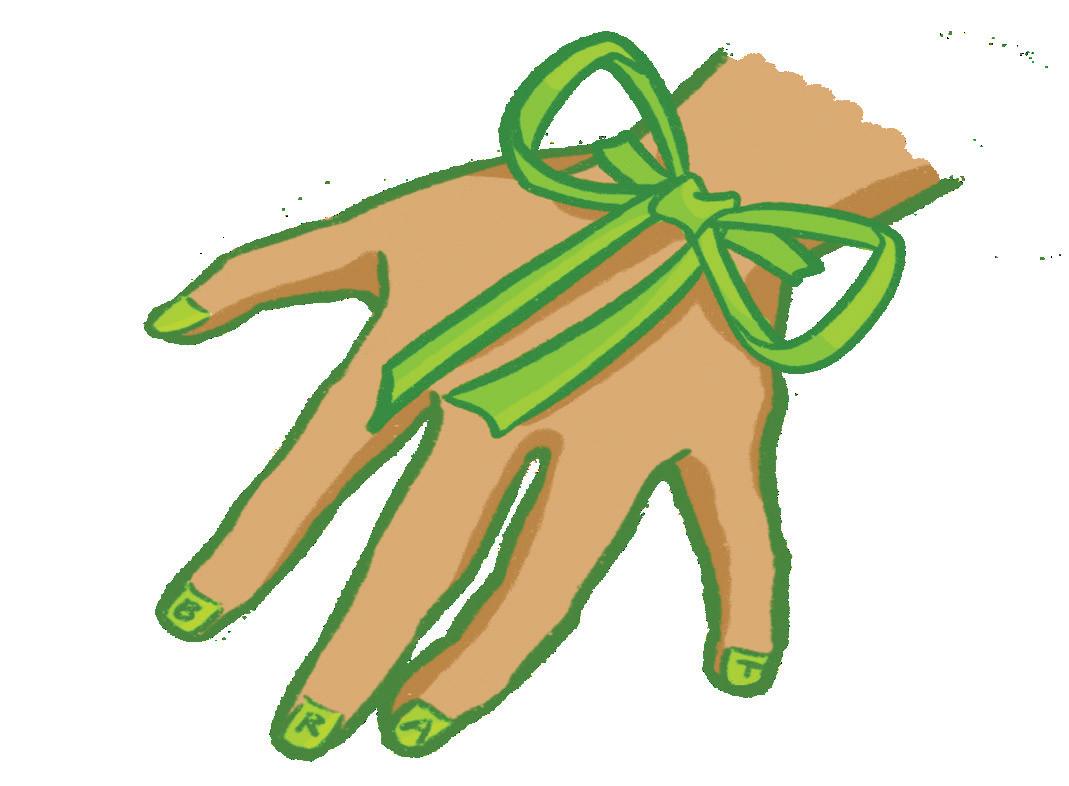
—Written by Gwen Domine
to see bag charms become one of the hottest accessories. According to women’s fashion magazine, Bazaar, people have been searching for bag charms more frequently than last year, and the word “bag charm” has risen 65% in search popularity. I never thought bag charms would become as popular as they are, but I personally love their aesthetic. I think bag charms are a cost-efficient option that allows for greater self expression with less cost. Especially because it can cost thousands of dollars to get a custom-made bag, I will definitely be purchasing more bag charms in 2025.

Animal print is set up to dominate the fashion game in 2025. Seeing celebrities like Hailey Bieber and Elle Fanning rock the animal print in 2025 celebrity events, such as the Golden Globes, made me want to follow suit. I’ve always loved the glamour trend on Tiktok in 2024, but I think animal print will be taken to the next level in 2025, jumping off the screen and onto some of the biggest runways in the world. According to fashion blog Leivip, in Septemeber 2024 there were 500,000 searches for “leopard print” and leopard print jeans sell out in stores in only 11 days.

After the momentary TikTok ban on Jan. 18, users flooded to Rednote, a similar Chinese social media app. Over a million Americans downloaded the app after the 12-hour ban. RedNote’s content style is similar to TikTok’s, but most of the content is in Chinese. Language app Duolingo experienced a 216% increase in Mandarin learners in January and posted a video on TikTok attributing this increase to RedNote’s recent popularity in America. I believe we will see the growth of Chinese trends in America due to this app. I’m excited to see what RedNote brings to America.

The instant noodle craze began in 2024 and is here to stay. Instant ramen has become such a comfort meal for me, and I love seeing what new ingredients I can add to change it up. Before 2025, influencers started eating at Japanese convenience stores, which have a grab-and-go system for instant noodles. This idea is now being considered at some of the 7-Eleven stores in the United States, making it more accessible for all. This would increase sales even more, eliminating the need to sit down to enjoy a yummy, hot meal.
—Complied by Lena Duggan
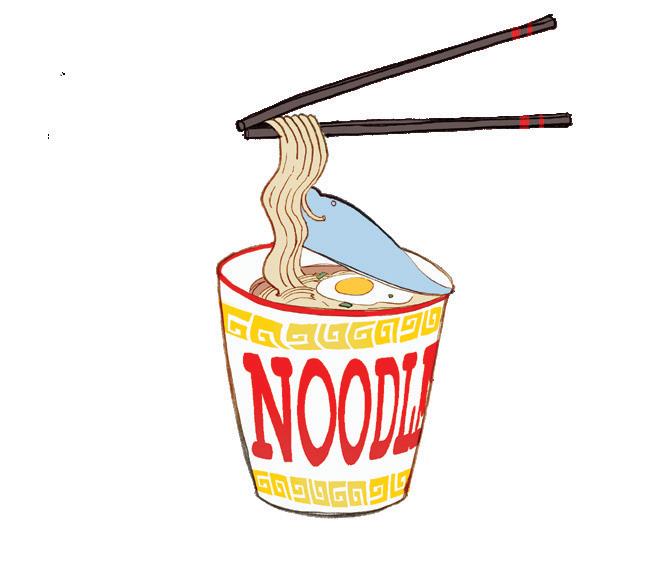
Horsefeather, an American-style restaurant and cocktail bar, is opening their second location in Palo Alto’s Town and Country Village after finding success in San Francisco. The restaurant will be located in Building 5, near Palmetto Superfood and Oren’s Hummus. It is expected to open in early 2025. Palo Alto’s Horsefeather will be larger than San Francisco’s, include a new lunch menu and open earlier in the day. They will also offer brunch on the weekends that is themed around classic comfort foods, while also offering a twist on the classic American dining scene via fun drinks and dishes. Their comfort foods include

fried chicken, cheeseburgers and roast beef. Their drinks are more unique, incorporating less-common ingredients such as hibiscus, blood orange and Cinnamon Toast Crunch cereal. Prior to the opening of Horsefeather’s first location, owners Justin Lew and Ian Scalzo ran a more temporary, popup style bar called Tsk/tsk in the same space. During this time, they awaited permits and plans to renovate the area. The Town and Country environment will be similar to their first location, with ambient lighting along with decorations “inspired by the American Arts & Crafts Period,” according to the Horsefeather website.
The Greek-Mediterranean chain Nick the Greek is a fan-favorite, with locations in California, Nevada, Utah, Arizona and Texas founded in 2014 by three cousins — all named Nick — the chain originated in the Bay Area, where they grew up. The restaurant will be located at 322 University Avenue in downtown Palo Alto, replacing the high-end Korean restaurant, Maum, but has yet to announce an opening date.
The main dishes on the menu consist of gyro pitas, which are made by using, a Greek style of cooking and serving meat that uses a rotisserie, bowls and plates. The most popular items include the
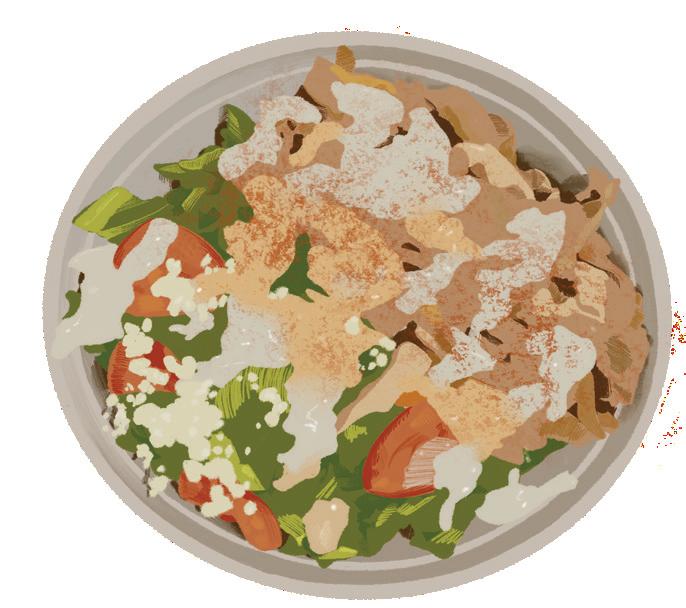
Chicken Gyro Bowl, beef or lamb Gyro Pita and Greek salad. The majority of the entrees include chicken, beef or lamb. They also offer vegan and vegetarian options, including falafels, salads and various side dishes. Although they are not yet open, advertisements are already being hung on the outside of the building in anticipation for its arrival. The chain recently celebrated opening their Mountain View location.

Since then, Griffin has returned to soccer and is leaving her injury days behind her. On the other hand, junior Toby Wong still waits for his injured wrist to completely heal.
Wong, who plays volleyball, first hurt his wrist in a bike-related incident. While he hoped for it to naturally heal by wearing a brace for a couple of weeks, his condition did not improve. A magnetic resonance imaging scan revealed that he had torn his triangular fibrocartilage complex. With six weeks in a cast and several physical therapy sessions ahead, sports began to flicker out of his life.
to play for a one to three weeks and 20% resulted in students discontinuing the sport entirely.
In a field where peak physical condition is essential to staying ahead and performing well, being sidelined for any period of time can have a negative mental impact on athletes, especially those who are typically high-performing. They can start to doubt their abilities, overwork in order to catch up or develop a fear of re-injury. The time to realise the injury’s severity differs from person to person. When senior Leilani Griffin hit the ground after being slide tackled in a soccer game, the pain radiating through her knee instantly told her that she’d be sitting out for the rest of the season.
Griffin later discovered that she tore her medial collateral ligament and bruised her meniscus. These injuries sent her to physical therapy only weeks before the high school season was slated to begin.
“(The injury) definitely made volleyball a (smaller part) of my life,” he said. “I was pretty focused, and I would train a lot, and, now, a lot less of my time goes into volleyball.”
The thought of a missed opportunity lingered in Wong’s mind. He had been placed on the varsity team, but became injured right before the first game and missed the rest of the season for recovery. At first, he still attended practices, but he eventually realized that watching his teammates play only made him feel more alone. Moreover, he was frustrated with how suddenly his hobbies had been taken away from him.
“I just couldn’t do what I love,” he said. “I couldn’t cut hair, I couldn’t lift. I felt stupid because my cast was so ugly. I just felt dumb.”
subsides,” she said.
Witnessing several students stopping by every week, she also recognizes that pressure can be another component for student athletes to avoid listening to their injuries and even rush back into a sport.
Cheema noticed a pattern of “internal pressure” in several student athletes and often hears certain questions arise, such as: ‘Am I still going to have my playing time?’, ‘Am I going to be in the same shape that I was when I had to leave the sport?’ and ‘Will I be able to keep my position?’
Many athletes who have already had either a very low-level injury or an acute injury think (that their injury) could just be a minor sprain or strain. They think they can resolve (it) on their own or that it may go away in a few days after the soreness subsides.
Athletic trainer Gagan Cheema
Additionally, Cheema understands that athletics are an activity to look forward to and a vital outlet for many students.
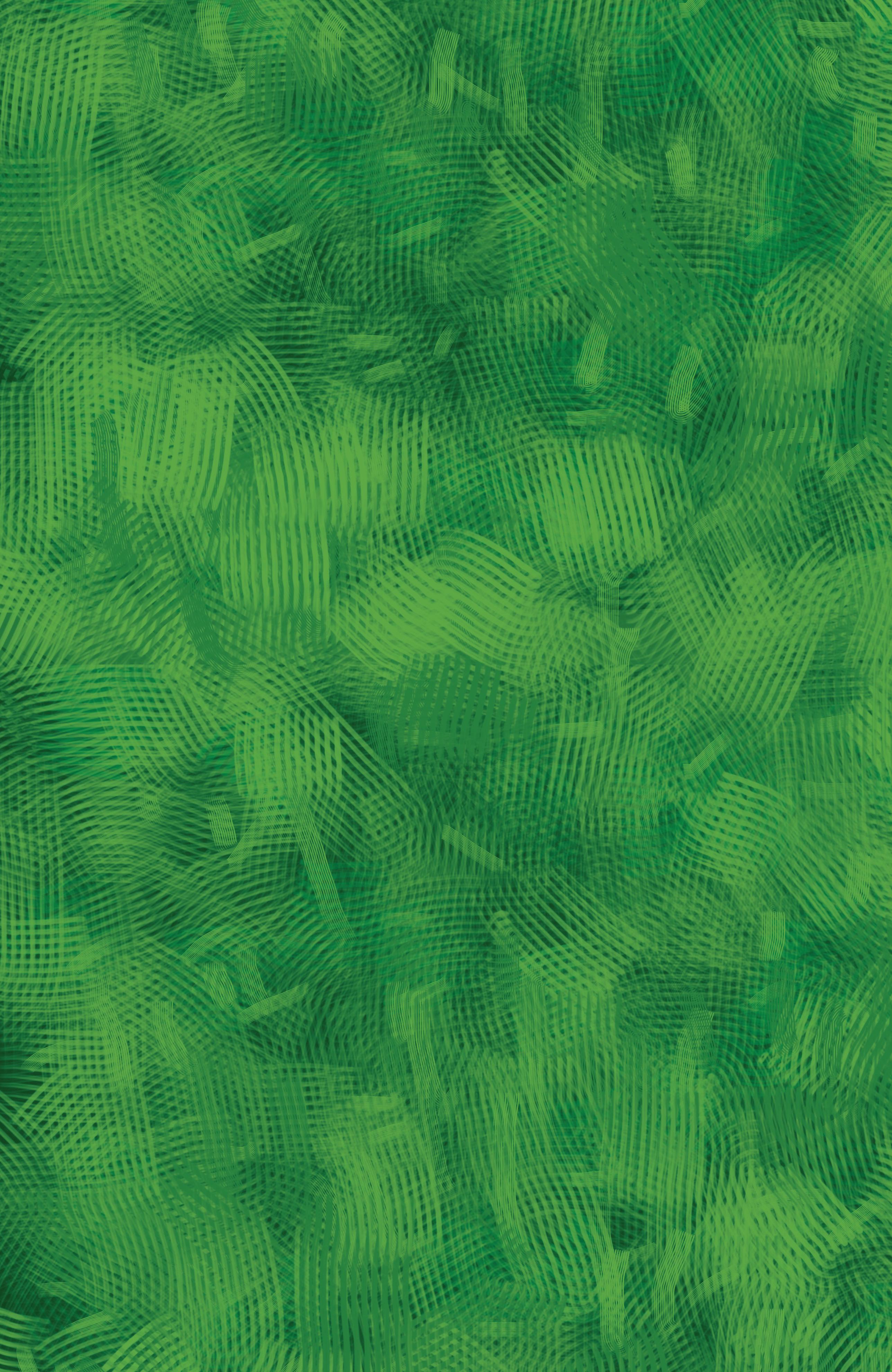
It was pretty bad, because some of the days, it would hurt to do anything, or especially to just move. I just felt like I couldn’t do anything.
Senior Leilani Griffin
“ ”
It was three months before Griffin could run and rejoin practice. As her mobility returned, she was able to participate in more intense activities, such as deadlifts and sprints. Still, activities like running a mile, which she could have easily completed preinjury, were difficult. On her lowest days, she felt weary and dejected.
“It was pretty bad, because some of the days, it would hurt to do anything, or especially to just move,”
I just couldn’t do what I love. I couldn’t cut hair, I couldn’t lift. I felt stupid because my cast was so ugly. I just felt dumb.
Junior Toby Wong
For some athletes, neglecting physical issues becomes a second nature. According to statistics from At Your Own Risk, which is part of the National Athletic Trainers’ Association, 54% of student athletes self-reported playing while they were injured.
Junior Emma Lipp’s determination to keep running, despite discomfort, resulted in shin splints — inflammation in the shinbone. She expressed regret for not paying attention to her body soon enough.
As the demand to perform well increased, Lipp put more effort into the sport. However, her injury worsened, she was unable to fully participate during her track season. To work around these issues, she began prioritizing events and hoping that the rest period between them would be enough for her

“It was just really painful, because I ran through (my injury) too much, so it just got worse and worse throughout the season,” she said. “I was able to push through it, but I had to cancel some of
Even when advised to get checked out by a doctor, Lipp was worried that she wouldn’t be allowed to run anymore and kept the severity of her injury from coaches.
Athetic trainer Gagan Cheema suggested that a common reason for student ath letes’ reluctance to speak up about their injuries lies in underestimating its severity or confus ing injury with sore ness.
“Many athletes who have already had either a very low-level injury or an acute injury think (that their injury) could just be a minor sprain or strain,” she said. “They think they can resolve (it) on their own or that it may go away in a few days after the soreness
“I think number one is they want to get back to doing something they love, right?” she said. “(Their sport might) help relieve some of the stress that they have during the day or keep them in physical shape and health. I feel that from their end.”
External pressures, such as that of coaches, teammates and keeping their reputation, is also a reason for many students to play through their injuries.
“Some coaches expect you to go back right away, and they don’t want to take you out,” Griffin said. “Some other coaches are more easy about it, but then they’re like, ‘You should come back, I wish you were here.’ But it’s hard to do that.”
For Lipp, although coaches and teammates did not know the extent of her injury, her abilities were an asset to her team, and she was reluctant to let them down.
“I was usually a point scorer, and we needed the points to stay in the league,” she said. “So the coaches were like, ‘Oh yeah, you should keep running, right?’”
With years of experience, Cheema emphasizes an important part of physical therapy is aiding students with plans that support both mental and physical health. Talking about goals, recovery timelines and rehabilitative processes are all part of the communication aimed at reassuring student athletes and finding them the help they need.
“We understand it’s hard to take away something that they’ve been doing so regularly, and that it was great for mental health, too,” she said. “So we try to provide support during that time, and as we can get them back into sports, we’re still there in case they need that.”
The Centers for Disease and Control Prevention estimates that over half of injuries can be avoided. Cheema hopes more student athletes reach out for resources in the early stages of their injury, even if uncertain about the extent of damage. She encourages

New Year’s resolution for staying fit
Religious brother 20. Group that has reunions 21. Daytona 500 race abbr.
Up for something, “I’m ___”
Oklahoma tribe 45. NYC clock setting in winter 46. Closest friend, informally
Turkey’s neighbor
52. Like many rainy-day activities 56. Sink
Spanish love
RuPaul’s ___ Race
Spanish houses 66. “It’s Gonna __ __” - NSYNC 67. New Year’s resolution to diet 68. Cut from the roster or payroll 69. Soap ingredients 70. Flat-topped hill
Quick drawing
Bit of advice
Frozen waffle brand
___ shark
Mopes
Consumed
Bone of the hand or foot
Volcanic flow
Goddess of discord
Resting places
Caution
Carries genetic information inside a cell
Cinematic FX
Assistant
Acronym on an ambulance standing for general crisis support
Big brass instrument
Falls in flakes
Give a hoot
Flightless birds
Bumper injury 32. Food 33. “Way back when in the days of ___” 34. Coffee holders 36. Broadway award 39. New Year’s Resolution to acquire a job 41. Singular strap pulled when riding a horse 43. Fountain or gel 44. Southernmost Great Lake 47. 007 creator Fleming
49. Revenue source for a website 51. Ownerless, like a dog 53. Removes from power
Nebraska’s most populous city
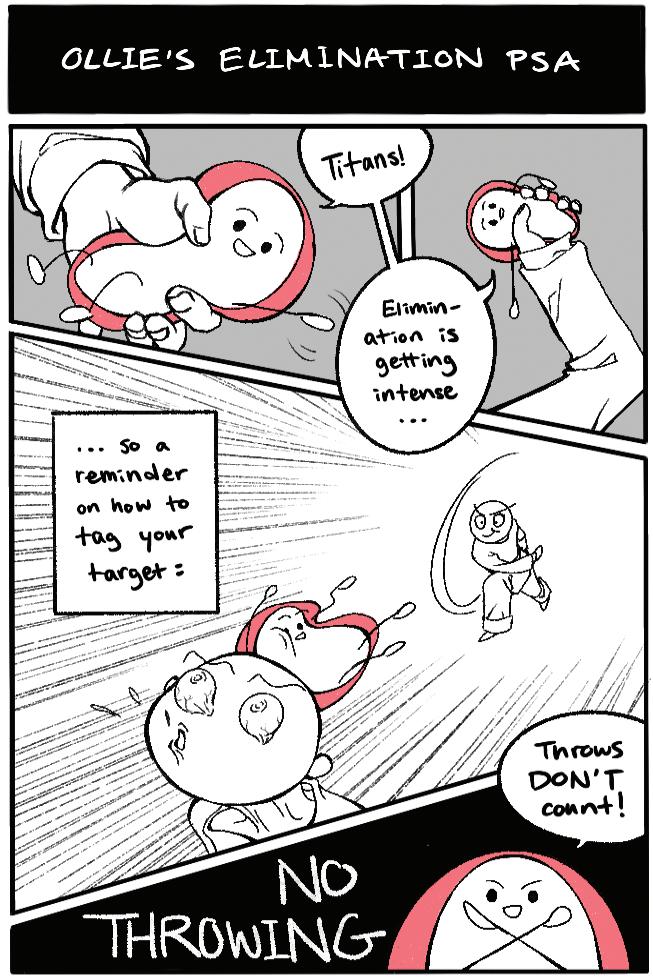
Face when embarrassed
Ali ___ and the Forty Thieves
Visa competitor, for short
A few
Review
Sounds of disgust
Lana ___ Rey
Pic taker
Finished with the crossword? Come to P-115 during lunch or 5th period with your completed crossword to collect a prize!
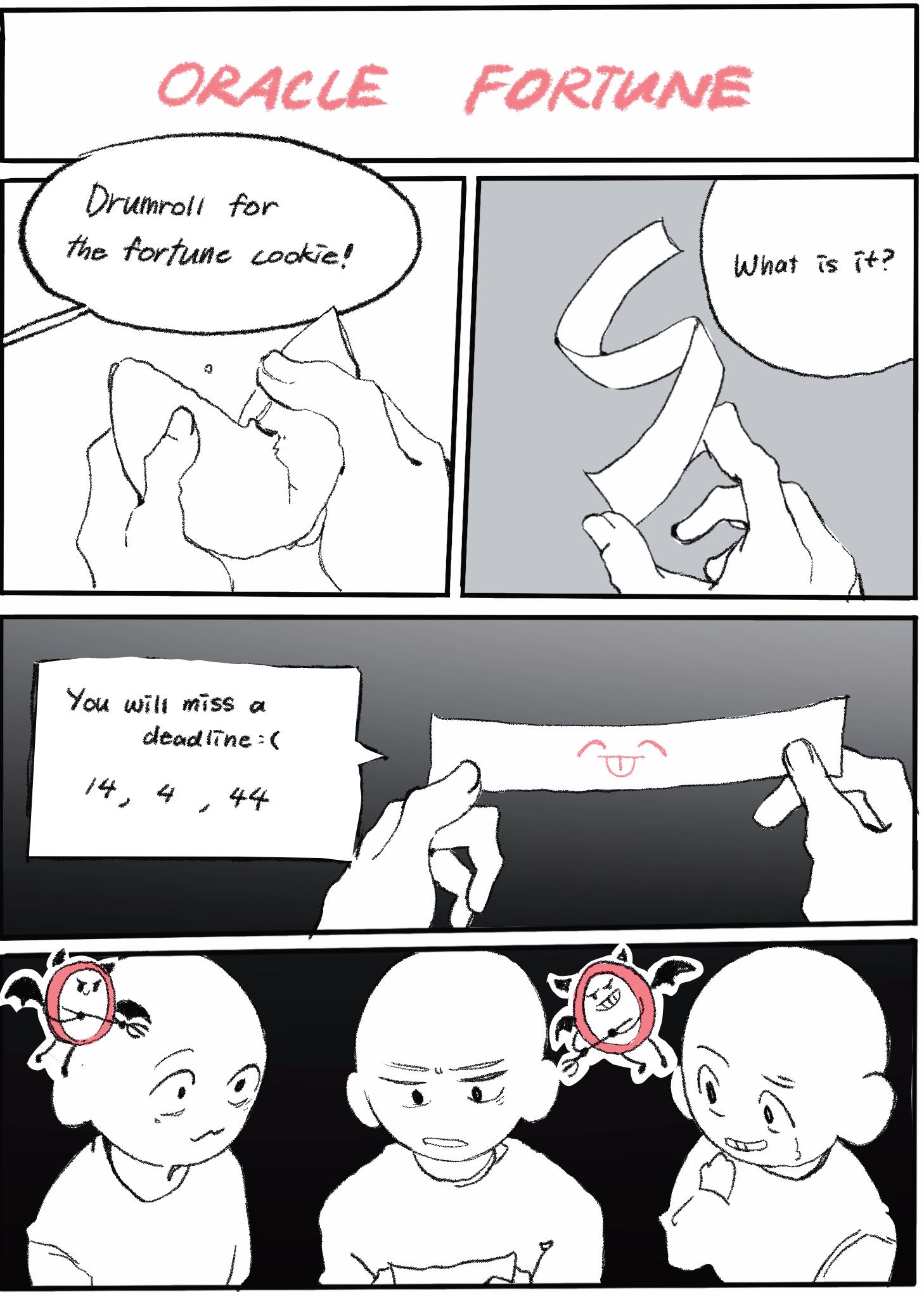
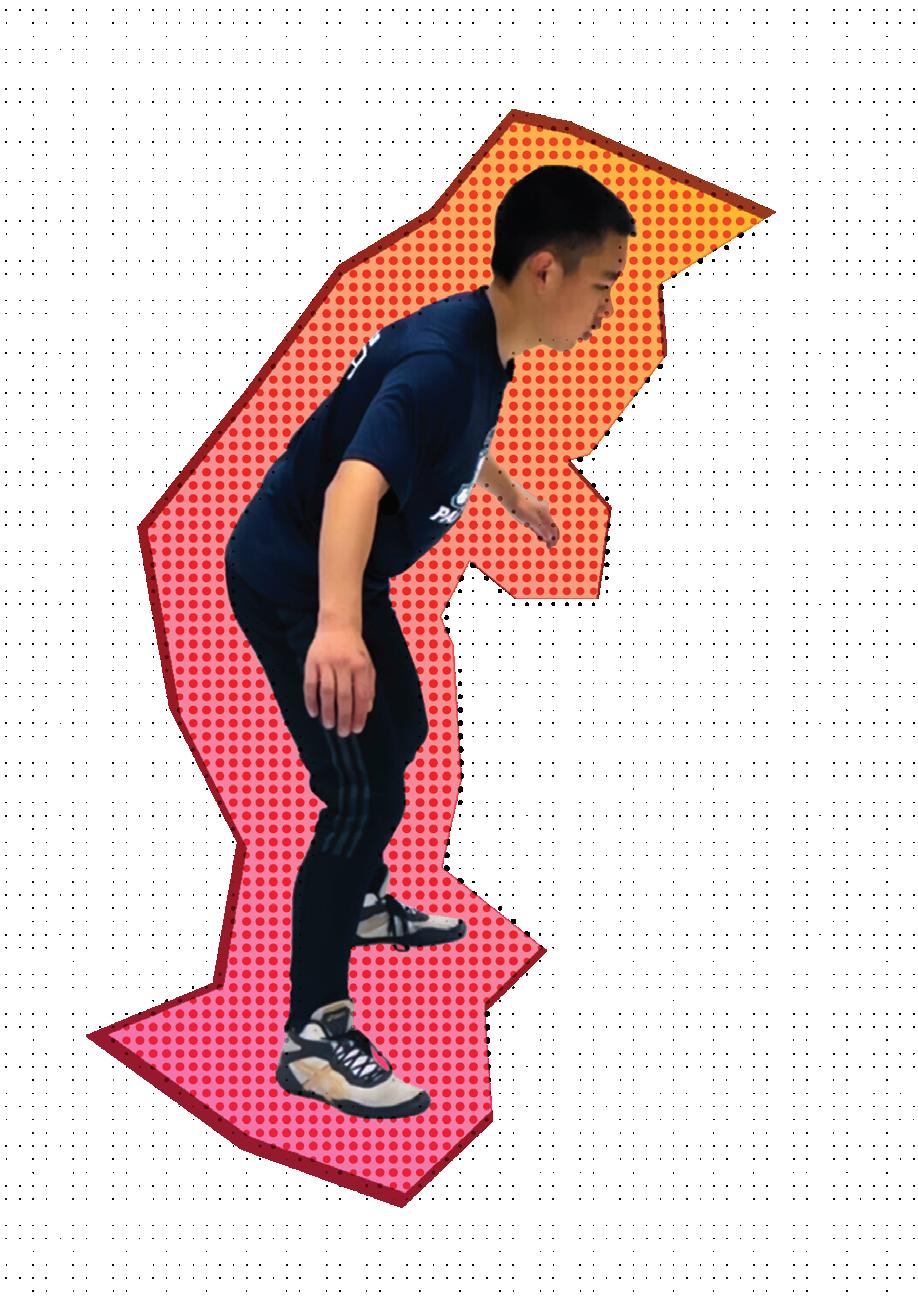
Freshmen Alex Tsagann and Arthur Tsagann have spent the past two years competing together in wrestling and football. The twins are currently part of the JV football and varsity wrestling teams at Gunn, and they draw from prior athletic experiences. Being the same age has helped shape who they are as athletes and as individuals who have developed skills together and supported each other throughout their athletic journeys.
“My favorite moment is probably the time (when our) coaches pitted the players against each other one on one tackling drills,” Alex Tsagann said. “For the last round, he chose us to go head-to-head. I think that was really fun.”
Although the Tsagann twins generally enjoy playing together, challenges can arise when sharing the spotlight. Arthur and Alex Tsagann have often felt the pressures of comparison, but nevertheless appreciate the competitive nature of sports without letting it take over their relationship.
“We do compare ourselves from time to time, but not out loud,” Alex Tsagann said. “We don’t usually let it interfere with our play.”
Additionally, Alex and Arthur are identical twins, which creates further obstacles that other types of siblings don’t experience when playing on the same team.

From the Manning and Kelce brothers to the Williams sisters, siblings in sports have always been a fanfavorite narrative. For senior Kayla Yao and her sister, sophomore Maile Yao, basketball has helped strengthen their relationship by creating a sense of camaraderie. They both play for Gunn — Kayla Yao is on the girls varsity basketball team, while Maile Yao is on junior varsity. Although they stopped playing club basketball during the pandemic, the two sisters have many fond childhood memories to look back on from that time.
“We used to play horse and (knockout) in the backyard together,” Maile Yao said. “Whenever we’d play, we’d always throw the ball over the fence by accident, and we’d always have to walk on the other side of the fence to get it. Once, that happened three times in one game, and it was really funny.”
Influenced by their dad’s interest in the sport, both Maile and Kayla started playing basketball in first grade.
“When I started playing, even though (Maile) wasn’t old enough, she kind of picked it up and eventually got into playing,” said Kayla Yao.

“The main challenge for us was when we were doing our football team (was that) they got confused with who was who because we look so alike, and
Regardless, the twins uphold a positive attitude while facing challenges. Having each other as a support system is helpful. However, they
“We’re very supportive of each other,” Arthur Tsagann said. “Competition and comparisons never really bothered us. We know our own standards and where we want to be, and we have different skill sets.”
When they were first starting out, as the older sibling, Kayla used to give Maile basketballrelated advice. As of late, the sport is more about having fun and neither sister wants the sport to be a source of negativity or stress. Because of this mindset, despite playing the same sport, both sisters agree that there is no competition between them at all.
“It’s more of a bonding experience,” Kayla said.
Maile Yao echoed her sister’s sentiment and explained how basketball is an opportunity for them to hang out and catch up with each other despite their busy schedules.
“We support each other, make fun of each other, and joke around,” Maile said. “When we’re playing, we don’t really talk about basketball. We talk about everything else.”
—Written
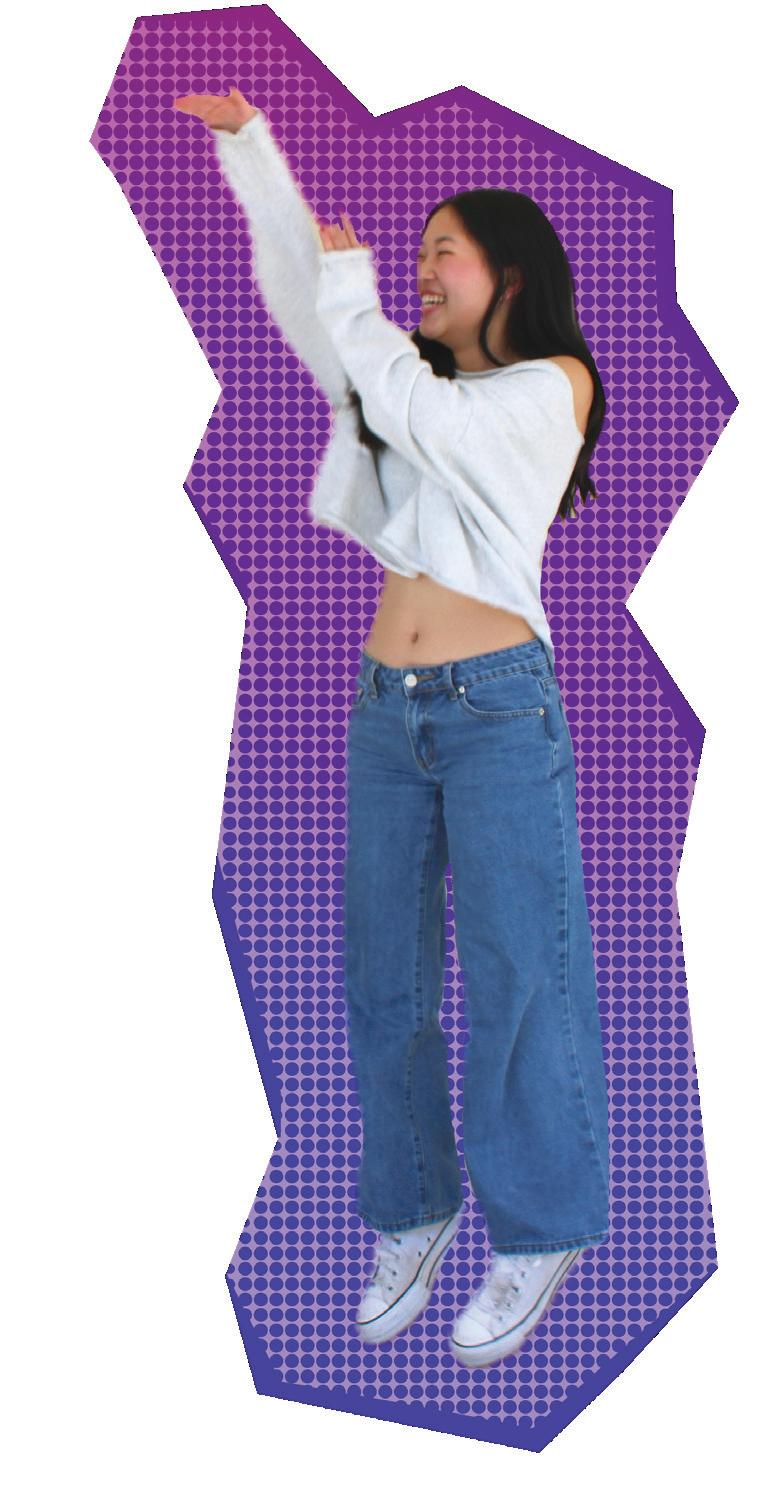
Loud counts of “five-six-seven-eight!” echoes through the practice room of the cheer team. Synchronously, they move together through their stunts and dance routines: back handsprings, toe touches and pikes. For the past two years, the team has attended many regional competitions, putting continuous hours of dedication into performing and shocking crowds.
From Jan. 25 to 26, the cheer team participated in the JAMZ national cheer competition where, out of 200 teams, they placed in the top five. On both days, they received minor deductions in their routines, but were able to recover quickly.
Sophomore and team member Elisa Brembilla was proud of their work at the competition, but noted some places they could have improved.
“It went really well,” she said. “All the jumps and the tumbling got cleaner from the first day to the second day. Something we could have improved on was our energy. There were only a few people using facial expressions and having energy in the routines.”
Coach Arianna Denson has coached the team for four years. This season has been a bit difficult for Denson, but she is proud of the supportive community and progress they have made.
“This has been a challenging year because our team is very new to cheerleading,” she said. “I think this has caused our team to progress slower when compared to past seasons. At the same time, it has allowed for a new beginning with a more positive and encouraging team environment. Everyone works hard to build each other
up and to prove their commitment to the team.”
Denson has noticed how crucial it is for the team’s dynamic to be strong, as it can affect their performance.
“Since there is such a positive team dynamic, it has allowed our athletes to (collaborate better with each other),” she said. “When a team can work well together, it shows in their performances. The routines are cleaner, sharper and more synchronized overall. They move and work more as a unit rather than as individuals.”
As a freshman, co-captain junior Lauren Murakami joined because she was looking for a way to build her community.
“I knew that Gunn was a very academically rigorous and high-pressure school,” she said. “I wanted to show to people that you can still have spirit and have fun (here). Cheer is such a fun sport and it’s so much hard work, but you also have a super rewarding experience of encouraging other people.”
Cheer requires a lot of effort and hard work, but Denson does not think people recognize that.
“We are often not taken seriously as a sport, which is quite disappointing,” she said. “Cheering on the sidelines is one aspect of our cheer team. We are involved in the community, fundraising, practicing and preparing for our own competitions. These are vigorous practices that are mentally, physically and emotionally taxing on a student-athlete.”
Even though cheer requires a lot of mental strength, physical strength and it can be difficult, Murakami is grateful for the team.
“Our team communicates really well,” she said. “I can proudly say that every person on cheer is a friend of mine. I feel like this year, we are a very tight-knit community, which is great, especially for the freshmen on the team who were looking for a community.”
